|
This is a review that I have wanted to write for a long time. It will also likely end up being the least popular opinion I ever express on this blog. Devil's Third is a Wii U exclusive that it universally considered to be one of the worst games ever to see a retail release on the platform. It also happens to be one of my favorite games on the console and probably my absolute favorite action game. Don't get me wrong - the game is straight up garbage - but it's the kind of beautiful, testosterone-packed garbage that makes me salivate with irrational glee. Devil's Third was the brainchild of developer Tomonobu Itagaki of Dead or Alive and Ninja Gaiden fame and was to be the first game developed by Valhalla Game Studios, a studio formed in 2008 by Itagaki and other former Tecmo employees. Initially beginning life as an Xbox 360 game, Devil's Third went through one development issue after another, at one point being planned as a multiplatform release for Xbox 360, PlayStation 3, and PC until THQ backed out. The idea was eventually pitched to Nintendo and, because of their lack of mature, online capable games, they agreed to publish. Originally being envisioned as a trilogy, Devil's Third would unfortunately be pretty much universally slammed by critics, all but ensuring its sequels would never see the light of day. Those of us irrationally enamored by the game's craptasticitude can only hope and pray that, like Shaq Fu, it's infamy will one day allow the shameful game to rise from the ashes and disappoint a new generation of gamers. The first indication that this game is going to be gloriously awful is its entire premise. You play as Ivan, a former Soviet black ops soldier serving an 850 year sentence in Guantanamo Bay for terrorism but who also secretly works for the US government and therefore has his 2000 square foot prison cell outfitted with a 100" TV, a drum set, massive speakers, a king sized bed, and a stereo system I could never dream of affording. When a mysterious Russo-Japanese ninja terrorist hijacks a satellite and makes every other satellite in orbit explode, disabling every electronic device on Earth except those needed for the game's plot, the American military calls on Ivan to step in and save the world. He does so with a big ass katana, no shirt, and sometimes even a gun or two. There's a pretty big group of American troops to help him with this, but they're really only useful for indicating that there are bad guys around when their heads explode like watermelons. Oh, and there's also a deadly biological weapon, giant mutant creatures that wouldn't be out of place as Resident Evil bosses, nuclear weapons, and ninja. Tons of ninja. You could have a boy in seventh grade write a story, and it would probably be less ridiculous than Devil's Third. And that's exactly why I love this game so much. This is the part where I would normally talk about the game's sound design. I say normally because I can only halfway do that now since I don't really remember any music from the game. That's not to say that there's no music; I was just so wrapped up in the god awful story and cheese-fest action that I was paying no attention and don't remember if there was or not. What I do remember is the voice acting. It's TERRIBLE, and I mean that in the best way. It's like a high school play - the acting is ALMOST good, but....it's just not. Ivan's voice is the worst about it; rather than sounding like a real Russian accent, it sounds like an American trying to sound like a stereotypical Russian. Like, think Japanese characters in American cartoons in the 1940s and 1950s. That kind of stereotypical accent that doesn't actually sound anything like it's supposed to. I'm not sure if I'd say it's offensive, but it's just bad, which just adds to the B-movie cheese factor. The visuals show its Xbox 360 roots. By that, I mean that this game could probably run on an Xbox 360 without being especially taxing on the hardware. That's not to say that the game looks bad, but it doesn't use the Wii U's potential. I know that the Wii U isn't exactly a graphical powerhouse by 2015 standards, but even by Wii U standards, Devil's Third doesn't really look particularly impressive. This is especially evident when you kill an enemy with a shotgun or sniper rifle - they explode. Like, the shotgun kind of makes sense under certain circumstances - blasting a guy point blank, I could see - but like, if I shoot a guy in the torso with a sniper rifle from 100 yards away, his entire torso probably isn't going to explode into four or five chunks. They aren't even realistic-ish looking chunks. They're just like generic meat chunks. And when you shoot someone in the head, the head explodes and this thick, goopy fountain of blood spews from the neck (although I think that adds to the ridiculous atmosphere of the game). The game doesn't look god awful, but it definitely isn't going to impress anyone. So let me explain why I love this game so much because, objectively, it really is a horrible game. If you're familiar with Steven Segal and his movies, imagine that but as a video game. That's Devil's Third. Steven Segal's movies are the most bullshit stupid insults to cinema, but they're so addicting for mindless action. He's a horrible actor, the stories are all complete nonsense, and the fight scenes are INSANELY over the top....and that's exactly what makes them addicting. The same is true of Devil's Third. It's awful but in the best possible way. If you only like compelling stories or rational combat scenes, then this probably isn't for you, but if you're the kind of person who likes explosion and setting shit on fire, then you might get some mindless enjoyment out of Devil's Third. The gameplay is really at the heart of what's enjoyable here; a game can be ridiculous and still be a pain in the ass to play. Devil's Third, while suffering from some occasional slow down, plays really well. It just sucks in every other regard. Devil's Third, despite being (accurately) dubbed "Devil's Turd" by the internet, holds a spot near and dear to my heart. Sure, part of that is because I adore the Wii U in general, and it's cool to know that I have an extremely rare game, but it's a total guilty pleasure. It's objectively a shitstorm in pretty much every respect, but DAMN is it fun in a mindless violence kind of way. Sprinting across a battlefield with no shirt and killing a guy with a sword while he's shooting at you with a machine gun? AWESOME. It's definitely earned it's negative reputation, but like Sharknado and Tremors, that's exactly why it's awesome. And to be clear, while this is definitely bad with a capital B, it's not nearly as bad as the internet makes it out to be. If I were rating this game based exclusively on my personal enjoyment, I'd give it an S in a heartbeat. Since I do try to be fair and objective (usually), however, I can't rate this one any higher than a D. My Rating - DAlso available on 3DS, Android, and iOS This will probably be the shortest review I ever write not because I'm lazy and don't want to write much but because there legitimately isn't much to say. DON'T CRASH is a perfect example of why I have such a hard time respecting mobile games, and I can't imagine for the life of me why Nintendo ever allowed this on the eShops of either the Wii U or the 3DS. The price on Wii U is $1.49, and that's legit like $1.40 too much. I can see charging 9 or 10 cents, but no more than that. It's free on Android, and that's all it's worth - $0.00. The entire game is switching between two lanes as your car drives around in increasingly fast circles while you try not to hit the other car as it randomly changes lanes. That's it. No other obstacles, no levels, no other cars. It's completely and utterly pointless. I'm seriously racking my brain to think of an Atari 2600 game that I've played with less content, and I legitimately can't think of one. Games from 1977 offer more than a game from 2015. That should tell you all you need to know. DON'T CRASH is complete and utter garbage, and anyone who pays full price for this should feel ashamed of himself. I got it on sale for like $0.49 a year or so ago, and I still feel ashamed of myself. This is the kind of shovelware that makes you wonder why you bother working a legitimate job when shit like this gets sold for money. The "you don't have an internet connection" dinosaur game in the Google Chrome browser has more and better gameplay than this game, and that's a free browser. I thought Chasing Dead and The Letter were bad, and they are truly horrible games, but Jesus Christ, this is legitimately the worst Wii U game I've ever played and possibly the worst game I've ever played period. My Rating - FAlso available on Switch, PlayStation 4, Android, Linux, OSX, and Windows If you've found yourself in need of a good, affordable fix for the mecha space combat shooter monkey on your back, I've got good news. Strike Suit Zero: Director Cut is available on pretty much every platform (except Nintendo's poor, eternally neglected platforms) and, at only $20, is a downright bargain for the amount of pew-pew laser space explosions the game provides. I had actually downloaded this game on my Xbox One who knows how long ago - presumably it was a free Games with Gold offer at some point - but had completely forgotten about it until my buddy Colin mentioned how kick ass it is. Hearing the praise from him, I knew I had to try it. After all, this was the guy who sent me the original Gundam movie trilogy on Bluray; if he says a pew pew laser robot game is good, it's gotta be good. Strike Suit Zero: Director's Cut is an updated and more polished re-release of the older Strike Suit Zero, and while I never played the original release, from what I've read, the director's cut improves the original in almost every area with the most praise being directed towards the difficulty. According to forum posts and Steam reviews I've read, the original release was crushingly difficult even on Easy whereas I found director's cut to be extremely fair. There are a couple of missions that were tough, but at no point did the difficulty feel like bullshit tier hard. If I had any gripe with the difficulty, it would be a few situations here and there with the checkpoint system; if you reach a checkpoint on a defend mission where the ship you're defending is low on health, you'll restart the checkpoint with it still like two shots from death, making it impossible to finish and completely defeating the purpose of a checkpoint. Other than that, however, every aspect of the game felt pretty fair and well balanced to me. The story in Strike Suit Zero is that you're a pilot with the United Nations of Earth which finds itself embroiled in a war with a collection of colony worlds that have banded together to seek independence. You discover that the colonial forces have developed some sort of doomsday weapon capable of completely disabling an entire armada and destroying whole planets. Like, not the cities; it legit blows the planet apart. So, naturally, that's not really a good thing for your enemy to have, especially given that the colonial fleet set a course straight for Earth. No more Earth, no more war with United Nations of Earth. The bulk of the game is played in the context of the plucky band of guerillas turned bizarrely lucky war machine trope, but it works for it. The story isn't a breathtaking masterpiece or anything, but does keep the player engaged and interested. The control for the game is fantastic. You can switch between a first and third person view, and you can set that perspective for your fighter cockpit, your mobile suit cockpit, or have it the same both. I stuck with third person, but the option of going first person is nice. You unlock a variety of ships each with different specialties. Some are faster and more agile whereas others have more plasma weapon energy and better armor. Each ship also has different weapon slots; some give you a little as one machine gun slot and two missile slots whereas others give you as much as two machine gun slots and four missile slots. Picking the right ship and weapon loadout to match your playstyle and the mission at hand is the key to victory. Visually, the game looks great. It doesn't set a new high for graphical fidelity or anything, but definitely looks good. The laser effects are vibrant, the explosions have enough bloom to pop without looking like the inside of a nuclear reactor, and the ships look sleek and badass. I've really only got two complaints about the visuals. First, the ship wreckage that's left over when you destroy enemy capital ships looks pretty bad for the hardware it's running on. It's not that the texture work is bad, but the ship just kind of breaks into like three or four chunks, leaving the debris looking like what you might expect to find in game from ten or fifteen years ago. My other gripe is that there's some serious slowdown when you've got especially large ships exploding in close proximity to you. The framerate drops from the standard 30 fps to around 10 fps for a few seconds. Like the visuals, the game's audio isn't setting any new industry standards, but it's definitely very well done and pleasing to the ear. The music has a grand, dignified feel without being so in-your-face that it detracts from the action of the game. The voice acting, while nothing special, is competent enough and doesn't stand out like some of the cringe-worthy stuff we got in the 90s. Strike Suit Zero is broken into 13 missions, and the director's cut includes an addition five missions. All in all, you're looking at probably five or six hours for a full playthrough, maybe a little plus or minus depending on the difficulty you choose. You're scored at the end of each mission based on your kills and time taken with bronze, silver, gold, and platinum medals, so for those who like a challenge for going full completionist, this game has you covered in that regard. The five expansion missions, titled Heroes of the Fleet, aren't particularly fascinating from a story perspective as it all takes place in a simulator, but the missions themselves are a lot of fun. Those five missions are arguably as fun if not more so than the 13 missions in the base game. All in all, Strike Suit Zero: Director's Cut is a must-have for fans of space combat sims. The price is totally reasonable, coming in at just a hair over $1 per level, and the variety of ships from which you can choose gives it a decent amount of replay value. Whether you game on Switch, PlayStation, Xbox, or PC, this game is absolutely worth a purchase. This is the space fighter for which I've been waiting for years. I am so extremely glad that Colin reminded me that I have this game. My Rating - AAlso available on PlayStation 5 and Windows Being a huge Uncharted fan and having played the five previous games in the series, I was equal parts excited and nervous for this spin-off game because it would mark the first time Nathan Drake has not only not been an Uncharted game's protagonist but completely absent from the game entirely. I saw this as a real make-or-break moment for Naughty Dog; if the game went well, it would prove that Uncharted can exist and thrive without the Nathan Drake character, but if it flopped, it would most likely be the nail in Uncharted's coffin. At the end of the day, Lost Legacy is less its own game and more standalone DLC for Uncharted 4. As such, the game looks and plays more or less exactly like Uncharted 4. Those who have played the series' most recent main installment, however, will know that such a statement is far from a criticism. I played on PS4 Pro, and the game looks stunning running at 60 frame per second in HDR at a beautiful 2160p resolution (although, in fairness, that resolution is achieved through checkerboarding from a native 1440p). Having played Uncharted 4 back when it first launched on the base PlayStation 4 hardware, the addition of HDR and a higher resolution with the Pro's added horsepower gave a noticeable visual improvement. It's not like jumping from 480i to 1080p, mind you, but the world definitely has more detail and vibrancy with HDR and the added resolution. In Lost Legacy, you play not as Nathan Drake but as Chloe Frazer who is accompanied on her excursion by Nadine Ross. Those of you who have played the Uncharted series will recognize those names; for those who haven't, they're badass women who can definitely beat the hell out of you blindfolded with both hands tied behind their backs. I, personally, love seeing strong female leads who aren't just hypersexualized eye candy in games, and while some probably say that this just took series from being Tomb Raider with a dude to being an actual Tomb Raider rip-off, I loved seeing the change in protagonist. It gave the game's story a different feel since it's told from a different character's perspective, and while there might be some validity to saying that it's now little more than a Tomb Raider clone, I think there are still enough aspects differing between the two to prevent that from being a real bane. Without spoiling anything, the story revolves around Chloe's quest to find the Tusk of Ganesh, a relic from an ancient Indian kingdom, and her struggle against an Indian insurgent warlord who seeks the tusk for his own gain. The gameplay is your typical Uncharted fare - abundant platforming, some fairly straightforward puzzle solving, and dozens of dudes to massacre with a variety of weapons. Nothing really breaks the Uncharted mold (aside from the female protagonist), but that's not a bad thing. Naughty Dog has more or less perfect the formula over the various Uncharted releases, and as a result, this latest installment is an exceptionally well polished even if not entirely original product. Being a standalone expansion to Uncharted 4 rather than entirely new game built from the ground up, The Lost Legacy retailed for $40 vs the standard $60 and comes with full access to Uncharted 4's multiplayer much the way Bungie handled Halo 3 ODST. While I very much doubt many people who picked this up haven't already played Uncharted 4, it is nice that the price matches the nature of the product and that the multiplayer was included. That 33% lower price tag also makes it an easier decision for Uncharted enthusiasts like me who wanted to experience the new story but weren't thrilled about shelling out another $60 for an add-on even if it is a standalone. Uncharted: The Lost Legacy is an extremely competent follow-up to the magnificent Uncharted 4 even if it plays it safe and follows in its predecessor's footsteps. It's simply outstanding visually, and the writing and voice acting is every bit as top notch as one would expect from Naughty Dog. It's clear that, despite being an expansion, a great deal of love and care was put into the game. Truthfully, my only complaint is that the textures' rendering lags behind some of the models at times. On a few occasions, I found myself standing on ground or holding an artifact that was a vaguely correctly colored blur with no texture until it popped in a few seconds later. That's seriously pretty mcuh the only real flaw I encountered with the game. If you're a fan of Uncharted, this one's a no-brainer. My Rating - AAlso available on PlayStation 3, PlayStation Vita, and Windows Nights of Azure is a game that's been on my shelf since it came out in America a year and a half ago, but I hadn't gotten around to playing it until I read about the announcement that Nights of Azure 2 would be coming to Switch. Loving any opportunity to support third party games - especially RPGs - on Nintendo platforms, I figured I should play the first game and decide if I wanted to buy its sequel on Switch. I'd read the rather lukewarm reviews that it got critically before playing, so I went in somewhat skeptical but trying to keep an open mind. While I don't really disagree with a lot of the criticisms that the game garnered, it does have some redeeming aspects. Nights of Azure is an action RPG of the most mediocre quality. Perhaps unsurprisingly given that it's a Koei Tecmo game, it plays a bit like a musou game (think Dynasty Warriors) but on a much smaller scale. You play as a half-demon hunter, Arnice, tasked with protecting the newest "Saint," Lilysse, as she sacrifices herself to the Nightlord to prevent a never-ending night from damning the world. It's pretty much the plot of the series primer of My Little Pony: Friendship is Magic but with a human sacrifice instead of a weaponized friendship laser. The game is broken into seven chapters, but there are a number of side quests that you can do as well. As for combat, the only playable character is the main chick, but she can equip up to four familiars to summon to help her in combat. These summons can be focused towards attacking, tanking, healing, or buffing/debuffing, and the type of the familiar you have set as your "leader" will largely determine what form your transformation takes. While nothing about the game really screams "Wow, this is garbage," it doesn't really excel at anything. The combat is alright, but it's nothing special; it feels like Dynasty Warriors on training wheels with 1/100 of the enemies. The soundtrack is nice, but that's about the only part of the game that I'd rate as solidly "pretty good." The visuals don't look like they've had much polish from the PS3 release aside from rendering at 1080p instead of 720p. The story is okay, but it doesn't really do much to keep me hooked. There's a lot of potential with the world and the lore, but they don't really explore it enough to use that potential. The actual world map and nations' names are used, but the backstory of how the world got to the way it is in the game is completely neglected until the very end, and even then, it's only barely touched on at all. The levels themselves - an important part of the game - feel really empty. They serve the purpose, but they feel uninspired and like a house full of blank, white walls. There's not a lot of embellishment, no accents or anything. It feels like a place for action to happen rather than a world of which you're a part. One of the most unexpected aspects of the game is how extraordinarily easy it is. Up until the last boss, your options are pretty much "Do I use familiars and win easily?" or "Do I not use my familiars and win?" Losing never really factors in there. Keep in mind, though, that that situation is up until the final boss; the final boss is like a difficulty cliff. I was level 8 (max is 10) getting to the final boss and steamrolled my way through everything - enemies in the dungeon, boss rush, whatever it threw at me - on my way to the finale. I get there and get stomped like a bug. I grind up to level 9, and I still get beaten pretty badly. I grind my way up to the max level 10, and while I manage to beat the final boss, I have to keep an eye on my energy, my health, and my familiars' energy and health. I never had to do that with any of the previous bosses. It's not unheard of for an action RPG to require you, more or less, to reach max level - Ys games are famous for it - but it is much less common, at least in my experience, for the game to have so sudden a difficult spike right at the end. All in all, Nights of Azure is a decent action RPG, and if you can find it for less than $15 or $20, I'd definitely say give it a shot if you're into that genre, but I wouldn't go out of my way for it. The visuals show that it's a port from a last-gen system, the story is just so-so, the environments feel uninspired, and the combat isn't anything special. It's a competent game, but it's definitely not exemplary. Even after finishing this one, I'm still undecided on whether or not I'll get the sequel on Switch. I'll have to wait until closer to its October launch and see what critics are saying with regards to improvements over the shortcomings of the original. My Rating - CAlso available on Sharp X68000, PC-8801, PC-9801, TurboGrafx-CD, Genesis, Famicom, and PlayStation 2 Ys is a series that I've only recently gotten into but that I've really come to love. I (relatively) recently played the original Ys on Sega Master System and the combined release of Ys Book I & II on TurboGrafx-CD and absolutely loved both, especially the latter. It was with great excitement, then, that I started Ys III on Super Nintendo, expecting a great game despite the so-so things I'd heard about it. Truth be told, I wasn't disappointed. The first thing that players will notice is that the battle system is completely different. Ys III plays as a much more traditional side scrolling action RPG as opposed to the distinct "hump your enemies to death" bump combat of the first games. This is the aspect of the game that seems to be the most divisive among players; a lot of longtime Ys fans don't like the shift to a more traditional combat system whereas more general ARPG players see it as a welcome change. Personally, I fall into the former category, being partial to the bump mechanics, but the combat was at least fairly well done in Ys III. Speaking just for this Super Nintendo release, there were a few instances - particularly with Ballacetine Castle and the final boss - where I felt that the hit detection could have used some work, but by and large, I didn't have any mechanics complaints about the game. Ys III takes place after Ys II chronologically, but other than having Adol return as the protagonist, there isn't really any storyline connection between the two games. "His adventures" are mentioned vaguely, but knowledge of the events of the first two games are definitely not necessary to enjoy Ys III. To be honest, that was a negative for me as I'm big into world building and continuing stories, but it also makes sense given that, at least in North America, this was the first Ys game to which Nintendo players had access without also having a Master System or TurboGrafx-CD. I've heard that the PSP (and, later, Windows) remake of Ys III, Ys: The Oath in Felghana, has a much expanded story, so that might remedy some of the lack of direct connection to the first two games, but I haven't played that yet, so I can't speak to that. Being a 16-bit game as opposed to the 8-bit version of the original Ys that I first played on Master System, the visuals and sound design in Ys III are fantastic. Especially with visual effects, Falcom really went above and beyond with this one, finding the right balance of what visual effects of the Super Nintendo to use and the degree to which to use them to enhance the experience without doing so much that the visual effects distract from the game itself as some games do. The soundtrack was also extremely well done despite the limitations of 16-bit cartridge systems. When played through a soundbar and subwoofer, the boss battle music especially is epic, more so than many sidescrolling games of the era. It obviously doesn't hold a handle to the TurboGrafx-CD release of Ys Book I & II, but it's definitely one of the more impressive Super Nintendo sountracks in my opinion. All in all, Ys III is a competent addition to the series even if an unconventional one. The exclusion of bump combat may come as an unwelcome change to fans, but if a replacement system was going to be used, at least it was - for the most part - well implemented. The visuals - especially the anime-esque scenes at the very beginning and very end of the game - are very well done, and with the right sound system and stereo separation, the game's music sounds fantastic. I can't speak to the superiority or inferiority of other versions of the game, but at least as far as the Super Nintendo release goes, it may not be a masterpiece, but it's a solid action RPG, although it is worth noting that the very end is...brutal. My Rating - BAlso available on OSX This is a...unique game. It's essentially a Western visual novel that harkens back to the early 2000s when AIM was the supreme instant messaging platform and you were a loser if AOL wasn't your ISP. It also could have been appropriately titled Teen Angst Simulator 2015. Just a little while, I forgot I wasn't in middle school anymore. The whole game takes place on AIM in conversations spanning five years between you and Emily from your last year of high school to your last year of college. There's not really a purpose, per se, as the game is wholly slice of life, but wasn't that most of our AIM conversations? Talking to friends from school about stuff that didn't matter and awkwardly trying to flirt while having no idea how? The game seems a lot more straightforward than it is; there are numerous branching paths in the story and dialogue based on everything from the obvious like your dialogue choices all the way down to the seemingly insignificant like your icon and text color. The biggest thing the game has going for it is the nostalgia factor. That's not to say that the rest is bad, but it took me less than half an hour to finish a playthrough, and while the different dialogue choices give it some replay value, it's just too short for me to fall in love with it. That nostalgia, though...I seriously miss being a kid with just a dial-up connection using AOL 4.0 on a Dell with a MASSIVE 32 GB hard drive and 128 MB of RAM. Teenagers today won't appreciate this game since they wouldn't have the fond AIM memories that folks my age and a little older do, but for those of us who remember going through school with AIM and AOL, this is a trip down Memory Lane, awkward angst and all. Since it's free, Emily is Away is definitely a game that everyone should check out, and since you can get through it in half an hour or less for a single playthrough, there's not a whole lot of a time investment involved. Your age is definitely going to affect how much enjoyment you get out of it - if you're 40+, you probably won't have the same kind of nostalgia, and if you're younger than 20, you definitely won't - but for folks in that age range, it's a pretty unique experience, and most games don't play to that particular kind of nostalgia, at least not as the core concept. It would have been nice to see a little more meat per playthrough, but it's free, so you really can't complain too much. Give it a shot; if you really like it, there's a $5 sequel, though I've not downloaded that yet. My Rating - CAlso available on OSX and Linux After finishing the first Sunrider game, I couldn't WAIT to start the sequel. I was hooked hard and just HAD to know what happened next. Sunrider: Mask of Arcadius was awesome, so surely Sunrider: Liberation Day would be even better, right? Yeah, not so much. Liberation Day picks up right where Mask of Arcadius left off - the preparation period before the Combined Fleet was set to liberate Cera from PACT control. The gameplay is pretty much identical to that in Mark of Arcadius, although there's a distinct drop in the stability of the game. I had multiple crashes and near-crashes where the game would abruptly stop and take 20 or 30 seconds reloading the scripts before letting me continue. One of these instances was particularly irritating as I had just tried to use the Vanguard cannon when it crashed. Upon reloading, it has deducted my command points but done no damage to any of the enemy ships. Not only that but the animation of the cannon's attack would flash on screen in an endless loop every three seconds no matter what I did. Other times, the available movements would fail to show on screen. Sometimes it would render duplicates of every enemy on the map but without any stats or hitboxes; essentially empty sprites that can't move or be attacked but still show on screen. That's basically how the whole game felt - the same as the original but less refined and a bit broken. One thing that did definitely improve since Mask of Arcadius was the art. The characters have a much less amateur feel to them and generally look better all around. The option to switch between Japanese and English dialogue in battles was a nice touch as well. It's a shame, however, that the for all the improvement in the art quality, the writing quality saw an equal decline, especially at about the halfway point. Maybe the plethora of bugs had made me a bit jaded about the game in general by that point, but the writing started to feel a bit uninspired and drab after a while as if the writers had lost inspiration and just kept writing to finish for the sake of a deadline. Given how much the story sucked me into the first game, that was a supremely upsetting shift in quality. Not only did the writing cease to be nearly as engaging as it was previously, but in the epilogue of sorts, they completely start contradicting things previously established. I won't give anything away in case anyone decides to play through this, but suffice it to say that time travel is involved, and the rules of temporal mechanics that the game establishes for its universe are promptly disregarded like an hour later; not only are those rules disregarded, but they're explicitly contradicted more than once. That's a more minor sci-fi nerd nit pick, I know, but as some of my friends can attest, that stuff REALLY irks me. I know I mentioned the various crashes and bugs earlier, but those more specific things aren't the only performance issues I encountered. There was significant and general system slowdown when I launched the game - slowdown on a system with no other applications running except the general background stuff, a GTX 980 card, and a quad core processor running 4 GHz per core. Under no circumstances should a damn visual novel cause major slowdown and sluggish performance. Everything just gave the impression that the game wasn't as well optimized as the first one and hadn't been put through nearly enough testing and QA before release or after release. All in all, Sunrider: Liberation Day isn't a bad VN, and assume one could play it without being horribly confused by missing the context from the first game, it would probably come off as a perfectly acceptable low budget game. The problem is that with only a couple exceptions, the overall quality takes a hit from the first game. The presentation is better, but that presentation very quickly gives way to the plethora of flaws lying underneath. Between that quality decline and the huge parts of the plot left completely unresolved by the end of the game, it just leave a lot to be desired. If you've gone through the first game and see this one on sale, I'd still recommend it, but it's not one that I'd go out of my way to play. My Rating - CPanzer Dragoon Saga is a legendary game for a lot of reasons. It's a "holy grail" tier game for collectors - as of this posting, a complete copy in good condition can sell for more than $600 - as well as an extremely rare game even at launch with only around 50,000 produced for the North American continent. Couple that with being exclusive to a commercially disastrous console and a lost source code ensuring it would never be ported or re-released, and you've got a perfect recipe for a game that's as much myth as anything else. Panzer Dragoon Saga is the third of the three Panzer Dragoon games on Sega's Saturn console, and it's a departure from the rest of the series in that it's the only game that isn't a rail shooter. Panzer Dragoon Saga - known as Azel: Panzer Dragoon RPG in Japan - is, as the Japanese title suggests, a role playing game. You play as Edge, a young mercenary in the employ of the Empire to help guard an Ancient Age excavation site from monster attacks. At this dig site, a most unusual discovery is made - a woman, seemingly in a state of suspended animation of some sort, embedded in the rock wall. When the site is attacked by the Black Fleet, a formerly-Imperial fleet under the command of the traitor Craymen, the mysterious woman is stolen and Edge's friends and comrades massacred. Edge manages to escape with the help of a mysterious dragon and sets off on a quest to hunt down Craymen and avenge his friends' murders. Little does he know that he's been thrust into a struggle in which the fate of the entire human race is at stake. Panzer Dragoon Saga is one of those once-in-a-generation games that breaks down the barriers of what a genre or game should be and stands as a true masterpiece of the craft of game design. While it was not the first game to do so, the way that Panzer Dragoon Saga blends traditional RPG turn based combat with real time combat is unique and utterly addicting. Team Andromeda did an exemplary job of retaining the series' shooter mechanics while making it fit perfectly with an RPG. In general, the combat is real time, but your character has three action gauges that fill over time depending on your agility stat (you can redistribute your dragon's 400 stat points between Attack, Agility, Defense, and Spirit at will to a max of 200 per stat). When a gauge is full, you can press A to have Edge attack with his gun, stopping time to allow you to pick a target; press B to have your dragon lock on to the nearest targets and unleash a volley of lasers; or press C to open up the menu from which you can choose Edge's gun, the dragon's lasers, an item (restorative, for example), or the list of the dragon's "Berzerk" attacks which use multiple gauges but deal devastating damage. You also have to know your enemies; some enemies are resistant to gun attacks while others are resistant to laser attacks. Some enemies also have weak spots where an attack will deal catastrophic damage. This isn't happening on a stagnant field, however; you must be mindful of your position in relation to the enemy, either in front of, behind, or to either side. You have an indicator that shows you your position in relation to the enemy as well as the danger of your position by a color code; a green area means that the enemy cannot hit you there, a clear area means that you are in range of the enemy's normal attack, and a red area means that you are in range of a powerful enemy attack. Your action gauges do not charge while you are repositioning, and sometimes the only way to exploit an enemy's weak spot is to move into a red zone. Careful timing and strategy are at the heart of Panzer Dragoon Saga's combat, and it's what makes the combat so brilliant and addicting. It's no secret to those familiar with fifth generation consoles that the Saturn was not a 3D powerhouse, but Team Andromeda pulled off some visuals that I didn't know the Saturn was capable of. While the draw distance leaves a lot to be desired, and there's some slowdown in certain areas, the visuals are fantastic for the era, and easily on par with PlayStation RPGs. This game feels every bit as epic as the legend that's come to surround it with a game world entirely in 3D including the combat, fantastic voice acting (the American release has Japanese voice acting with English subtitles), and some truly great albeit heavily compressed FMV cut scenes. While the series never did match the stellar soundtrack of the original Panzer Dragoon game, Saga does feature some fantastic music that really set the tone for the game and keep the adrenaline high in battle. The game is also replete with secrets including secret dragon evolution types that would be extraordinarily difficult to stumble on accidentally. Unfortunately the game is not compatible with the Saturn cartridges, making this one of the few Saturn games that aren't particularly import friendly even for those who can read Japanese. That's a shame, as well, considering that a Japanese copy of the game is only around 5% the price of an American copy - roughly $30 as opposed to roughly $600. Panzer Dragoon Saga truly is a special game. A lot of praise gets heaped on Final Fantasy VII and Final Fantasy VIII, and while I've not played the latter, I truly think that Panzer Dragoon Saga takes the title not only of "Greatest Sega Saturn Game" but also "Greatest RPG of the Fifth Console Generation." I firmly stand by that. The characters themselves may not be quite as memorable as those of other RPGs of the era, but the story has a grandiose feeling that makes you feel like you're playing a legend, and that's not even talking about the mythical status of the game itself in terms of value and rarity. Normally, I disparage emulation when used in lieu of legitimate game ownership, but this is one situation where I'm 100% okay with it. Panzer Dragoon Saga is a RIDICULOUSLY rare and expensive game, and while it's definitely the prize jewel of my collection, I'm not going to recommend anyone plop down a month's rent on one 20 year old game. By all means, emulate this - modern Saturn emulators are fairly stable and accurate, at least where this game is concerned - but this is a definite must-play for any 90s RPG enthusiasts. Its greatness really cannot be overstated, and even with the praise with which I'm lavishing it, I'm not even doing it justice. This game is a true masterpiece. My Rating - SAlso available on Linux and OSX Hooooolllyyyyyy crap. The phrase "you get what you pay for" has no place in the same discussion of this fan-damn-tastic visual novel, that's for sure. Sunrider: Mask of Arcadius is a game that's not quite like anything I've played in the past. It's about 60% visual novel and 40% sci-fi mech tactics game. Best of all, it's free. I think it was originally just called "Sunrider" but had the title changed when a second half was added or something. I don't know. The title screen just says "Sunrider," but it's called "Sunrider: Mask of Arcadius" in Steam. You know, for when you go download it. Because it's free. And it kicks ass. I'll address the two different genres the game hits in their own separate sections, but first let's take a look at the plot. Without giving too much away, you play as a dude named Kayto Shields, and you've been given your first command of a starship in the Cera Space Force - the Sunrider. It's a new, state-of-the-art battleship in the small planetary defense force of Cera, one of the planets in a region of the galaxy known as the Neutral Rim, named so because the planets there remain unaffiliated with either PACT or the Solar Alliance, the two major galactic powers. PACT is a relatively new power, having arisen when it overthrew the New Empire's tyranny and assumed control of its planetary holdings. Unfortunately for the Neutral Rim, PACT didn't stop there, soon beginning a quest for galactic conquest. After approximately five minutes of being in the captain's chair, your ship's sensors detect a PACT fleet warping in. They promptly annihilate the Cera Space Force, nuke the capital, and claim victory. Narrowly escaping the PACT fleet by fleeing to a neighboring neutral planet, you and your find yourselves the last remaining Ceran vessel and without a government. Thus begins the lone wolf quest to build a galactic coalition (hopefully including the galaxy's other superpower) to drive PACT out of the Neutral Rim and reclaim Cera as an independent planet. Oh, and all of the allies you find are perfect waifu candidates. Because of course they are. ^_^ I'll now turn our attention to the tactics part of the game. Whenever the Sunrider finds itself in combat, rather than tell the story of the battle as most visual novels would, it shifts to a format that looks a lot like a small scale battle in Civilization. The area of space you're fighting in is broken into a 2D hexagonal grid in which the battle is fought by taking turns. Each of your ships has a certain amount of energy that can be used for various types of attacks, buffing and debuffing abilities, or movement. Your objective will usually be "kill all the bad guys," but every now and then, you'll have a more specialized objective. "Survive six turns" or "Get the cargo ship safely to the right edge of the map," for example. The difficulty can be adjusted on the fly, so if you decide that your battles are too easy, you can increase the difficulty at any time; conversely, if you find yourself unable to succeed in a battle despite multiple attempts, you can lower the difficulty and either leave it there or raise it back after that battle. The game is designed to be extremely approachable in that regard because as fun as the combat is, the story is the real star of the show here. The visual novel aspect of Sunrider is at once both its strongest and weakest point. It's written in such a way that you really get sucked in and interested in the characters and their struggles. Unfortunately, the translation is a bit sloppy with various typos and grammatical mistakes strew throughout. It's certainly not a constant thing, but I'd guess that probably 3% of the dialogue has some kind of minor typo. For a 15 hour VN, however, that does add up. The English voice acting - thankfully only used during battle when a character moves or attacks - is also....not great. Some of it is fine, but it's reaaaally hit or miss. One character in particular is a goofy girl and references a few ten year old memes in her lines. It's cute, but it's also a bit lame. Cringe level lame. You get past it, though, and if you don't, there's always the option to mute the voices. The art also looks a bit amateur. In fairness, it's only this studio's second game, and IS free, so there's only so much room to complain, but it is worth noting. One thing that does need to be addressed is the game's use of H scenes. If you don't know what that is, then you're probably not a big fan of Japanese visual novels, but in short, it's the NSFW scenes. Being sold through Steam, the game is obviously censored with nothing explicit visible. The devs do have a "decensorship patch" available on their site and instructions on how to install it if you so choose. Wanting the experience to be the way the developers and writers intended (and being a perv), I installed the patch. What I was pleasantly surprised to discover, however, is that at no point does this visual novel approach eroge territory. Yeah, there are some nipples in a few scenes, but it's not done in an erotic sense but rather in a true-to-life sense. There's a scene where one of the women is lost in thought about the fate of her homeworld in the shower, so naturally, there's some nipple visible (though the camera stops at her abdomen). The story itself doesn't actually call attention to it; they just don't shy away from it, either. It's just there. It's part of life. Granted, the scenes like that could have been written in different settings, but part of what made those scenes a breath of fresh air is that it's one of the very few examples I've seen use human nudity in a very natural, organic way with the story-telling rather than trying to shoe horn in some sex for the sake of getting horny teenagers interested. It would be like looking at Botticelli's "Birth of Venus" or Michelangelo's "David" in an erotic sense. Yes, you can see Venus's nipple; yes, you can see David's penis. It's done for the sake of depicting the nature of humanity in the art, though, not for the sake of any eroticism. Sunrider is a visual novel that, despite its amateurish artstyle and less-than-stellar (no pun intended) translation, truly did impress me, and it did this with a regular price tag of $0.00. The story it told, while not completely original or anything, was told well with characters that I found interesting. The surprise of finding a tactical combat aspect to the game made it even more impressive; it made the game downright fun rather than just an interesting and immersive read. Granted, I'm a big fan of visual novels in general, so I'm probably a bit easier to please than most when it comes to the genre, but I really did enjoy this game immensely. The only thing keeping it from being a 10/10 homerun in my book is the aforementioned issues with translation and voice clips. Despite that, though, it was still damn good, and I still HIGHLY recommend it to everyone. I mean, you LITERALLY have nothing to lose; the damn thing's free! My Rating - BPanzer Dragoon II Zwei is everything a sequel should be...except rationally named. I mean, the title literally means "Panzer Dragoon Two Two." They should have picked "II" or "Zwei," but both is just silly, so I'm going to stick with Zwei because German makes everything better (well, except for those two world wars...). That, however, is irrelevant to the actual game which is truly fantastic. It takes (almost) everything about the original Panzer Dragoon and makes it better. Almost everything. Unfortunately my disc decided to freeze at one particular spot in level four consistently, so I had to finish my playthrough on an emulator, but at least that means I got to capture my own screenshots for this one. In Panzer Dragoon Zwei, you play as Jean-luc Lundi, some random kid in a ridiculously superstitious village that has a strict policy of killing any mutated lizard beasts they see, believing the soft glow from the bioluminescence mutation is an omen of ill fortune. Jean-luc finds an even more unusual mutant one day, though; a specimen that not only displays bioluminescence but that also possesses wings. Unable to bring himself to kill this unique creature, Jean-luc hides it in his shed. Because being imprisoned in a small 5x5 wooden shack is definitely preferable to death or just being chased away. Anyway, he names the young wyvern Lagi and, once Lagi's wings develop, tries to teach him to fly. It's on his way back from one such flying exercise that a massive airship annihilates Jean-luc's village in an attempt to kill Lagi. At this point, Lagi goes super Saiyan or something and starts shooting lasers out of its mouth. Unfortunately these lasers don't even come close to hitting the airship, and thus beings the game with the sole objective of "Kill the airship that rekt my village." Panzer Dragoon Zwei is a dramatic improvement over its predecessor in almost every way. The control is SIGNIFICANTLY more fluid and refined, and the visuals almost look like a different platform entirely. The game runs smoother, the textures are higher resolution, the video compression is of a much better quality, smoother animation, an almost complete lack of excessive pixilation even on detailed models, and the environments all look more detailed and immersive. Literally the only area in which I felt Zwei fell short of the original is the soundtrack. The first Panzer Dragoon's orchestral soundtrack is the stuff of legend, especially for the mid-1990s. That's not to say that Panzer Dragoon Zwei's soundtrack is garbage or anything. Zwei has a great soundtrack with some very fitting and well composed music. It just doesn't match the greatness of its predecessor's OST, and while that's a shame as it's the sole blemish on an otherwise universal improvement, those were some awfully big shoes to fill, so it's not too terribly surprising that it fell a little short. With regards to gameplay, the game is a rail shooter that plays exactly the first one in terms of control, but there are a couple of key differences that make Zwei something different and make it apparent that Team Andromeda took player criticism of the first game into account when making the sequel. Despite my rather sarcastic synopsis of the story above, the writing and narrative were clearly given much more attention in Zwei than in the original. The cutscenes between levels offer more insight into the world and the plot unfolding, and the production values of the cutscenes are a marked improvement. Your dragon's form can also change depending on how you play. The biggest improvement to the experience, however, is the inclusion of branching paths. Depending on how you play each level, you will take different routes that while not affecting the story directly do affect your experience and the difficulty level. This one change added a lot of replayability to a game in a genre that usually lacks much at all in the way of replay value. Panzer Dragoon II Zwei, despite having a repetitive name, is everything a sequel should be. It takes the formula of the original game and fixes control issues, improves visuals, adds in new gameplay mechanics, and fleshes out the narrative to give the player an all-around better experience than the first game could provide. It's worth noting that the music took a hit in Zwei, not even approaching the grandeur of the original game's soundtrack, but with that one exception, Zwei improves on Panzer Dragoon in every way. If the first game was worth playing, Zwei is a must have for Saturn collectors. The North American copy can be a bit pricey, going for $50 or so last I checked, but a Japanese copy can be had for $15 or $20, and while you might need to look up the story online, the actual gameplay wouldn't present any language barrier. Highly recommended. My Rating - AAlso available on 3DS Teyon's at it again with a sub-par WiiWare rail shooter with Heavy Fire: Black Arms, this time set in South America instead of east Africa. Fortunately, Teyon learned something, releasing a game that improves over its predecessor in a number of ways; unfortunately, that bar wasn't set very high, and Teyon only moves it up a little bit with Black Arms. It's like moving from getting 100 lashes to getting 90 lashes - yeah, it's better, but it still sucks. The first improvement that Black Arms makes over Special Operations is with visuals. It still doesn't look amazing for the Wii, but the textures do seem to have had a little more care put into them this go around. The environments still aren't amazing or anything, but they're a definite improvement over the Gamecube-esque visuals in Special Operations. The enemies are also much better designed this time. They still have the accuracy of Imperial stormtroopers, the model detail of a mannequin, and the intelligence of the current president of the United States, but there are a reasonable amount of them in pretty appropriate placements rather than a million and a half of them literally everywhere. It makes for a much more durable suspension of disbelief. The sound design is also better, although it's still pretty terrible. There's still absolutely no "oomph" to the weapons' firing sound effects, but at least I could tell a difference when I turned off my subwoofer. Now it just sounds like a flute instead of a piccolo. All in all, the game makes a decent first impression, especially if you have Special Operations as a craptastic point of reference. Unfortunately, you quickly see that the first impression is about as good as it gets, and the honeymoon period ends about halfway through the first stage. Despite these improvements, however, Black Arms is still with Special Operations as a bottom tier rail shooter. Granted, it's at the top of this bottom tier now instead of instead of the bottom of the bottom tier, but it's still not a good game, and while it's definitely worth one penny more, $5 might be a fair price for this one. Other than the improvements I mentioned above, it's basically the same as the original but in South America. A little more polish, a little more detail, a little more care, but minor improvements still won't fix a product of quality this low. There is, at the very least, SOME entertainment to be had here, and it might even be almost fun if you played with a friend (especially if you and that friend are drunk), so as I do with my students, I have to give the game some credit for at least improving over the series' past performance. My Rating - DAlso available on 3DS The low resolution WiiWare icon I used above is incredibly fitting for this game. There's a lot of shovelware on the Wii in general, and there's a LOT of shovelware on the WiiWare service, but Heavy Fire: Special Operation is an especially heinous type of shovelware; it's the kind of shovelware that looks and sounds like it could be moderately entertaining and then fills you with severe buyer's remorse. It's only 500 Wii points, but that's about 500 too many. Special Operations is the first title in the bafflingly existent Heavy Fire Series, beginning as a WiiWare exclusive in 2010 before getting ported to the 3DS eShop in 2012. The game is a rail shooter that's kind of in the style of arcade shooters but without any of the fun. You start off with a semi automatic pistol and "rank up" based on how many points you score in each level, and each rank gets you a new weapon. The problem is that except for the move from semi auto to auto after the pistol, they're all pretty much identical. Each level has a bigger magazine, and some of the higher level weapons let you reload by pressing A instead of shaking the Wiimote, but that's it. Every weapon kills in one hit. Every weapon has roughly the same fire rate. It's a mess. You die after being shot three times, and while there are checkpoints, you've got a limited number of continues. While that, in general, isn't a problem, it seems totally arbitrary who's going to hit you and who isn't. Sometimes a guy will be on screen for a full 30 seconds before I get around to killing him without shooting me once; other times, a guy will hit me after three seconds of being on screen. They also throw an entire army at you. The game takes place in Somalia, and I think I killed the actual population of Mogadishu during my one playthrough. It gets silly and ridiculous fast. Just about the only thing that this game has going for it is that performance stays pretty consistent, but given that the game looks like it could run on the Gamecube, that's not really saying much. I know the Wii isn't an HD system, but this game just looks terrible. Not quite as bad as Farcry Vengeance, granted, but it's not a whole lot better. The sound effects, as well, are truly abysmal. All of the guns sound the same - completely artificial and without any "oomph" whatsoever. Some games have gun sound effects that at least sound halfway like they're supposed to, but that's not the case here. Not in the slightest. The gun sounds are also almost completely treble. I turned off my subwoofer and heard almost no difference. Someone correct me if I'm wrong, but aren't high caliber guns supposed to have SOME kind of bass or "oomph" to them? Heavy Arms: Special Operations is a WiiWare rail shooter in as much as Mehmet Oz is a doctor - yeah, technically, but it's literally the last place you should look if that's what you need. The visuals are atrocious, the sound design if horrid, and gameplay is as shallow as rich white boy in a college fraternity. Even at $5, this game is a complete waste of money, and that's coming from a guy who LOVES rail shooters. Not even 2 player cooperative multiplayer can redeem this wretched excuse for a game. My Rating - FContra Rebirth is one of Konami's "rebirth" games along with Castlevania Adventure Rebirth and Gradius Rebirth, taking their respective series back to their 2D roots from the 8-bit and 16-bit eras. Contra Rebirth takes everything that made its 8-bit and 16-bit predecessors amazing and modernizes it. the result is an exemplary game that is well worth the $10 asking price. Contra Rebirth a side scrolling shooter featuring some bizarre storyline about which absolutely no one cares involving future aliens going into the past to invade primitive past Earth, forcing the galactic president to send future Super 'Murica guys into the past to shoot everything with a pulse. The gameplay is definitely this game's strongest aspect; it's all the great run-n-gun action that you remember from the NES Contra, although it is muuuuch more forgiving than its ancestors. Like I mentioned in my review for Castlevania Adventure Rebirth, Contra Rebirth features three difficulty settings (although stage 6, the real final boss, and the true ending can't be unlocked on Easy) as well as the option to increase your number of lives up to a maximum of seven. The visuals are great, bringing bright colors and well designed sprites while keeping true to the feel of the original games. The music is similarly spectacular, the soundtrack being comprised of remixes and new arrangements of old and classic Contra tunes. The game also, thankfully, carries the mid-stage checkpoints and unlimited continues over from Castlevania Adventure Rebirth. The hit detection can, at times, be a bit spotty as there were a couple times I think my shot should have hit an enemy but a lot of times that an enemy's shot definitely should have killed me. That said, though, those instances weren't extraordinarily common in my playthrough, and the addicting fun of the game more than makes up for a few mechanical flaws. Contra Rebirth is a fantastic game for $10 and really showed the potential of the WiiWare platform when developers really used it well. It's a bite sized game that can serve as a low-cost entry into a series that you might either have missed out on back in the day or just didn't have the skill level to enjoy fully. It's a bit on the short side, but $10 is a very fair price for an addicting 2 player experience with four playable characters and six stages to fight through. Fans of Contra and fans of the Wii need to make sure to check this one out. My Rating - BRemember WiiWare, Nintendo's underappreciated download service for Wii games? Konami put out a short "rebirth" series on WiiWare with remakes of three of entries from their old flagship series - Castlevania, Contra, and Gradius. As the title suggests, this is a remake of the Game Boy title Castlevania Adventure. With respect to plot, as a remake of Castlevania Adventure, the protagonist is Christopher Belmont, a descendent of Trevor Belmont from Castlevania III and an ancestor of Simon Belmont from the first Castlevania. While it is a remake of the Game Boy title, it's not a straight remaster but rather a full reimagining in the same way that Super Castlevania IV was a complete reimagining of the original Castlevania. Whereas the Game Boy title had four stages, there are six stages in Rebirth (really, though, there are five; stage six is just the Dracula fight), and all of the stages are very much their own thing rather than a copy of the original game's stages. The music is done in a similar way; there are remixes and adaptations of music from previous entries in the Castlevania series, but they all feel fresh, new, and unique. All in all, despite being a remake, this feels like a completely new and unrelated game in the series, and I mean that in the best way possible. Being on Wii, this game obviously won't give you a high definition picture, but that's not to say that it looks bad as that is far from the case. Castlevania Rebirth is one of the Wii games that proves that there's more to a good looking game than resolution. While a 720p or 1080p image certainly would have improved things, the game looks fantastic, keeping true to its 2D sprite roots while adding the visual effects and smooth gameplay one would expect from a modern game. As was the case with the original Castlevania Adventure, Castlevania Adventure Rebirth doesn't try to do too much. Konami clearly knew the system they were developing for, knew what it could and couldn't do, and made the best product they could with the resources they had. The backgrounds and enemy sprites all look fantastic, the bosses are well designed both visually and mechanically, being challenging but fair and looking great but not taxing enough on the system hardware to cause slowdown. The only big complaint that I have with the game is that stage 5 felt a bit rushed with regards to QA. In the four previous stages, checkpoints were placed in logical places in roughly equal distances from one another, giving the game a very well paced vibe that gives you the feeling that you're steadily progressing. Stage 5, on the other hand, feels much more hastily done with regards to checkpoints and powerups. The checkpoints are spread far apart and in seemingly haphazard locations, leading to a dramatic spike in difficulty from stage 4. Also during the first four stages, food to restore your health isn't particularly common, but it could still be found in a couple of places through the levels; I didn't find a single piece of food in stage 5. It's one thing if the game is always stingy in that respect or if the difficulty and item scarcity gradually increase, but it's such a sharp spike from stage 4 to stage 5 that it feels like a design flaw rather than a natural progression of difficulty. The Castlevania Adventure Rebirth is a fantastic Castlevania experience on Nintendo's Wii console and one that probably got overlooked by a lot of fans of the series given the (unfair) negative reputation the Wii and its WiiWare service had, and that's their loss. The inclusion of three different difficulty settings and adjustable life stock (up to 9) as well as unlimited continues and the ability to select any previously cleared level if you need to start again later also make it the most approachable 2D Castlevania game for players of all skill levels. At only 1000 Wii points ($10), it's well worth the price of admission and a great way to kill a few hours vampire hunting. Tight controls, great music, and pleasing visuals make this a must-have for Wii gamers and Castlevania fans like. My Rating - AAlso available on PlayStation 4, Xbox One, Switch, Game Boy Color, 3DS, and Windows The Castlevania Adventure gets a bad rap, and it's really not nearly as bad as folks make it out to be. It's got its flaws, for sure, and I'll address those, but for a game from 1989 on the original Game Boy and one of the system's first games, I thought it was really quite good, and aside from some frustration, I thoroughly enjoyed my time playing it. Castlevania Adventure is a prequel to the original Castlevania and sequel to Castlevania III: Dracula's Curse. The game's protagonist is Christopher Belmont, the member of the Belmont Clan who faced Dracula in the 16th Century - 100 years after Trevor Belmont but 100 years before Simon Belmont. Unfortunately, the folks at Konami's American office didn't know what they were doing and put Simon's name both on the box and in the manual, leading to a ton of confusion when Castlevania Adventure II: Belmont's Revenge came out a few years later and suddenly started talking about some dude named Christopher. As I said, I don't think this game deserves a lot of the harsh criticism it gets from players these days, but there are some definite flaws. It takes him FOREVER to get anywhere, and you can forget about outrunning enemies. He also drops like a rock after he jumps. If you've played the first Castlevania NES, you know that Simon got a little bit of air before he landed. I guess Christopher ate a hearty diet of lead because he drops faster than my bank balance when a new Nintendo console launches. In sharp contrast to his supersonic drop, his gait is downright glacial. Christopher moves about as quickly as a continental shelf. His slow speed and rapid descent in and of themselves didn't bother me, but it made stage 3 excruciating to get through. In stage 3, you spend the majority of the level jumping from rope to rope and making pixel perfect jumps. All this while you're being pursued by a spike wall that moves just a little too fast for comfort. You pretty much have to climb the rope to the top to be able to make your jumps with how fast he falls, but remember that he moves really slowly, but ALSO REMEMBER that there's a massive wall of instagib spikes rapidly closing in on you. It's extremely stressful and indescribably frustrating and really the low point of the entire game. Now that I've discussed the game's major flaws and why most of the Castlevania fandom seems to despise it, let's take a look at what the game does right and why I, personally, really enjoyed it. The game is broken into four stages, and as I've already said, stage 3 sucks ass. The first two stages, however, are a lot of fun, and aside from the normal frustration that comes with Castlevania games, I had an absolute blast playing them. Yeah, Christopher's slow as molasses in an igloo, but that's okay (when you're not trying to outrun homicidal spike walls). Stage 4, being the last stage and the one in which you fight Dracula, is obviously a very challenging stage, but it didn't feel as maliciously sadistic and almost unfair as stage 3 did. It'll frustrate you, for sure, but it's still fun to play. One thing that I think is important to note is that the game doesn't try to do too much. I'm sure you've all played a game that had some great ideas but just did too much either for the hardware or the controls to really facilitate properly. Castlevania Adventure didn't do that. With a D pad and two buttons on a handheld system that already isn't particularly powerful, they didn't needlessly complicate things; they kept it simple by removing subweapons and hearts. Some folks are going to be disappointed by that, sure, but keep in mind that this was not only the first Castlevania game on a handheld but one of the first third party games on the Game Boy; it's more important to get the core gameplay right than to do too much and screw it up, and I think given the game's slow pace, less is more. Don't let the internet fool you; the Castlevania Adventure isn't nearly as bad as folks make it out to be. It's far from perfect, but at the end of the day, for what it is and when it was made, it's a good, competent Castlevania experience. The movement is slow, and Christopher falls too fast, but all things considered, I thought the game controlled pretty well. Given the Game Boy's limitations and the fact that this game came out just six months into the system's life, I think Konami made a fantastic first effort here. It may not have aged well, but that doesn't mean that it can't still be an enjoyable experience if you can put it in the context of 1989. My Rating - BAlso available on Wii, Wii U, Switch, PlayStation 4, Xbox One, and Windows Super Castlevania IV was not only the first Castlevania game to be released on Nintendo's 16-bit console but also a full remake of the original Castlevania, relling the story of Simon Belmont's journey into Dracula's castle to slay the vampire lord and save 17th Century Transylvania. Konami held nothing back with this game, making full use of the Super Nintendo's horsepower to deliver a truly incredible game that took the high standard they set for themselves with Castlevania III and raised it even higher. Right off the bat, it's clear that Konami's team put a lot of TLC into Castlevania IV. The controls feel better and tighter than the NES games' ever did, the music is top notch, and the visuals are phenomenal. The isn't just a straight remake of the original Castlevania, though. While it does retell the events of the game and base a lot of its levels on the first game, there are several completely new levels. For instance, in the first game, you started off right there in Dracula's castle, but you start this game outside, fighting your way through the horde of eldritch horrors to get to the castle. The same goes for the soundtrack; the game's music is a mix of 16-bit renditions of music from the NES games as well as completely original tracks created for Castlevania IV. The whole game just has a fantastic presentation. Konami thankfully kept the format of the game the same as the original - linear action platforming. Like the original, falling deaths are going to be a common thing for you - especially on the last two stages - but the game is a lot more forgiving with the landings for your jumps than the NES games were. In the games on NES, your jumps had to be pretty much pixel perfect, and while there are some jumps here that require precision, you're not often going to see Simon's foot go through part of the floor on the edge of a platform. It sounds like a small thing, but that little bit of leeway prevented a LOT of deaths in my playthrough. That will not, however, protect you from the flying Medusa heads and bats that make a return here and live for the sole purpose of knocking you off platforms at every available opportunity. The Medusa heads seem a bit harder to dodge here than in the original game because they're patterns aren't quite as exact, but they also seem easier to hit, so it balances out. While it's true that Konami made good use of the Super Nintendo's capabilities, including some fantastic use of parallax scrolling and some truly impressive Mode 7 functions, they did so at the expense of some performance. While most of the game runs extremely smoothly, when there's a lot going on or heavy use of Mode 7 features, the game suffers from significant slowdown. This doesn't ruin gameplay, per se, but it's severe enough that it can break your rhythm if you don't expect it. It's a shame, too, because the visual effects used are incredible, especially for 1991, and the game is nearly flawless otherwise. Also, as seen below, apparently Colonel Sanders' angry wraith haunts Dracula's castle. Still not sure what that's about. Super Castlevania IV is not without its flaws, but it still remains an exemplar of what a 16-bit adventure game should be. The controls are solid, the level design is superb, and the visual and musical presentation are almost unrivaled in the fourth console generation, at least from my experience. This game is nothing short of a masterpiece, and while there are some disappointing performance issues where some of the more graphically intensive effects come into play, that does not detract from incredible overall product. It's not a particularly cheap game, it's not nearly as expensive as some Super Nintendo games these days, and it's absolutely worth every penny. This is a must for Castlevania fans and SNES collectors. Even more casual gamers are doing themselves a disservice by not at least downloading the Virtual Console release on Wii or Wii U. My Rating - SAlso available on 3DS, Wii, Wii U, Switch, PlayStation 4, Xbox One, and Windows Castlevania III: Dracula's Curse is a great example of a company looking at what worked and what didn't work in the past and using that information to make a better product. Castlevania III went back to the action-adventure format of the first game and fixed almost all of my complaints with the original title. Not only that but it adds branching paths and multiple optional playable character, giving the game some significant replay value. This return to first game's format makes it an infinitely more enjoyable experience for me than Simon's Quest. A couple times throughout the game, you'll have a choice to make with regards to your path. There's one "straight" path to Dracula, but taking some of the side paths can get you other playable character. In addition to the game's protagonist, Trever Belmont, there are three other playable characters - Sylpha Belnades, a priestess on a secret mission to infiltrate Dracula's castle; Grant Danasty, a rebel from Wallachia who tried to raise an army to overthrow Count Dracula; and Alucard, Dracula's son who changed his name to Alucard (Dracula backwards) to show that he opposed his father's evil and tyrannical way of life. Each of these character have a unique style of play that give the game a different feel. Castlevania III is a prequel to the original game, taking place roughly 200 years before the events of the first game. In the 15th Century, Dracula's demon armies have begun ravaging Europe, and the Church has no choice but to turn to Trevor Belmont, the head of the Belmont Clan and wielder of the Vampire Killer whip at that time, for help. The Belmonts had previously been banished from Wallachia as the people feared their super-human strength, but "the enemy of my enemy is my friend," as they say, and Dracula was a much bigger threat to the people of Wallachia than the Belmonts. While graphically very similar to the first Castlevania game, Castlevania III brilliantly outshines its predecessors in every other regard. The music is top-notch, keeping the action going and mood consistent the entire time. My two big complaints with the first game - the slowdown and apparent ability of enemies to past through supposedly solid walls - have both been addressed to one extent or another. There's still some slowdown, and it's still irksome, but it isn't NEARLY as bad as that of the first game, and that significant improvement makes a huge difference. As for my gripes with the enemies, that's been fixed, too. The Medusa heads still bob up and down through the floor, but their movements make it clear that it's intended for them to do that; the other enemies that seemed to pass through walls and floors unintentionally never did so, at least not during my playthrough. Castlevania III: Dracula's Curse feels very much like the ambitions of the first game fully realized. It's clear that Konami's team was much more comfortable with the NES hardware by this point as the performance is significantly improved over the first game. Minimal slowdown, fewer enemy glitches, and overall better level design make this a superior game in every way. Multiple playable characters and branching paths give the game a high amount of replay value, and the near-perfect soundtrack is the just the icing on the cake. This is definitely a magnum opus of 8-bit gaming, and it's no surprise that Netflix chose this game as the basis for its Castlevania series. My Rating - SAlso available on Famicom Disk System, 3DS, Wii, Wii U, Switch, PlayStation 4, Xbox One, and Windows Often with new IPs, developers will try to change up the formula with the second game in a series given there isn't yet an established "norm" for the franchise yet. We saw that with The Legend of Zelda, Super Mario Bros (at least in the West), Teenage Mutant Ninja Turtles, and in terms of game mechanics, Mass Effect and The Witcher. This is also the case with Castlevania II: Simon's Quest. With the sequel to the fantastic Castlevania, Konami decided to take the Zelda II approach and replace the first game's iconic action-adventure style with a more RPG-esque format. Gamers around my age who spent time on the internet about 10 years ago, I'm sure, are familiar with the Angry Video Game Nerd review of Castlevania II, but is it really as bad as James Rolfe made it out to be? No...but the game isn't great. Castlevania II takes place seven years after the events of the first game. Although Simon Belmont defeated Dracula, as he died, Dracula placed a curse on Simon that would send him to an early grave unless he revived the vampire. Simon's quest is to collect the five parts of Dracula's body that have been hidden throughout Transylvania and burn them, destroying the vampire's power and lifting the curse from him. The story, I think, is actually pretty cool, and I'm (almost) always a fan of direct sequels rather than chronologically far removed or unrelated sequels, so it's got that going for it, as well. What kills the game for me are some of the choice of mechanics. The game features a day-to-night cycle, something that I generally think is pretty cool, but the way they do the transition from day to night gets irksome. Daytime lasts from 6 am until 6 pm (18:00), and night, obviously, lasts from 6 pm until 6 am. Every second of real time is four minutes of in-game time, so a full 24 hour day takes six real world minutes. During the day, townfolk are out and about in the towns, but at night, monsters appear in towns, the monsters out in the world are twice as strong, and you can't enter any town buildings. The annoying part of this day and night cycle is that every time it turns to night, you're greeted with an unskippable six or seven second message that says "What a horrible night to have a curse," and every time it turns to day, you're greeted with an equally long and unskippable message that says "The morning sun have vanquished the horrible night." In addition to the various towns and field parts of the world, the game has six dungeons - five mansions, each containing one of Dracula's body parts, as well as the ruins of Dracula's castle. These dungeons are, for the most part, fairly well designed, although there are some false blocks that you can fall through if you don't know they're there, wasting a lot of time, that I found to be extremely annoying although not insurmountable. When you die, you respawn pretty much where you were when you died, and when you lose all of your lives, you get game over, but it gives you a password that lets you pick up where you left off. Honestly, the game's biggest problem is that it's just too damn obscure at times, and it's easy to get lost as all of the towns look extremely similar. Some of the game's hints are pretty straight forward and easy to understand, but some of them could use a little clarification. "Give this one thing to this one dude in the graveyard." Okay, well, there are like three graveyards in the game spanning both far ends of the map. It's not easily made entirely clear which town you're in. Even in real life, towns usually have several signs with the town's name on it, and that's especially true in most video games. I might be nitpicking here, but it bugged me. Castlevania II: Simon's Quest isn't a terrible game, but it's not a particularly good game either. It's kind of just...average....and that's a shame because it really had a lot of potential. There's no one glaring flaw in the game but rather a "death by a thousand cuts" sort of weakness; there are a lot of small issues I have with it. Most of the game is a generally enjoyable experience, but there are definitely a number of areas that I felt could have been improved, namely the day/night transitions, some platforming sections, and the NPC's direction hints in the towns. If you're a huge Castlevania fan, then I'd say to give it a play, but if you're not a die-hard fan, I'd say skip this one. It's definitely the weak link in the early Castlevania games. My Rating - C |
I'm a teacher.And I like to play video games. I like to collect video games. I like to talk about video games, and I like to write about video games. During the day, I teach high school history; during the night, I spend my spare time gaming. Then I write about it. Archives
July 2024
|
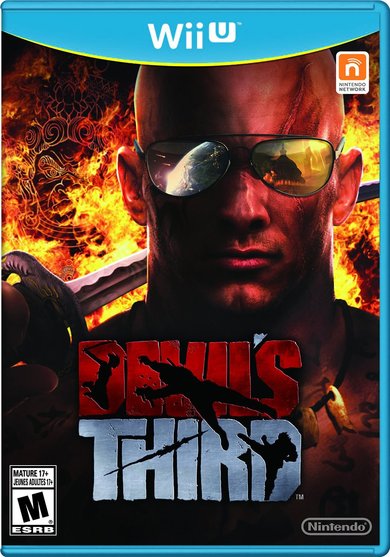
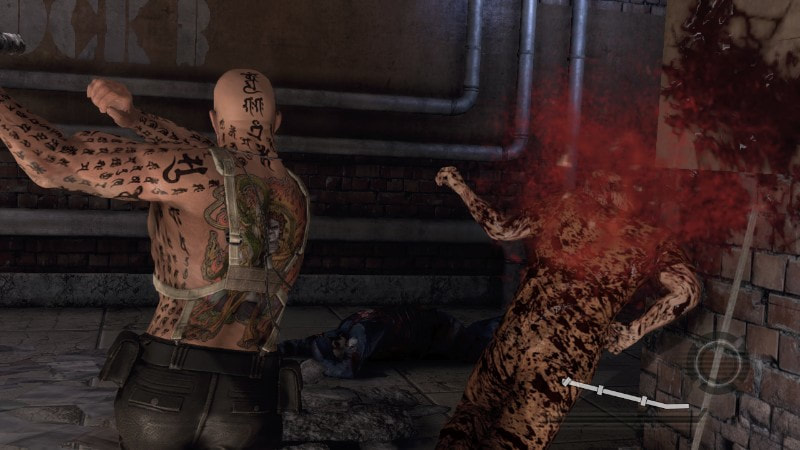
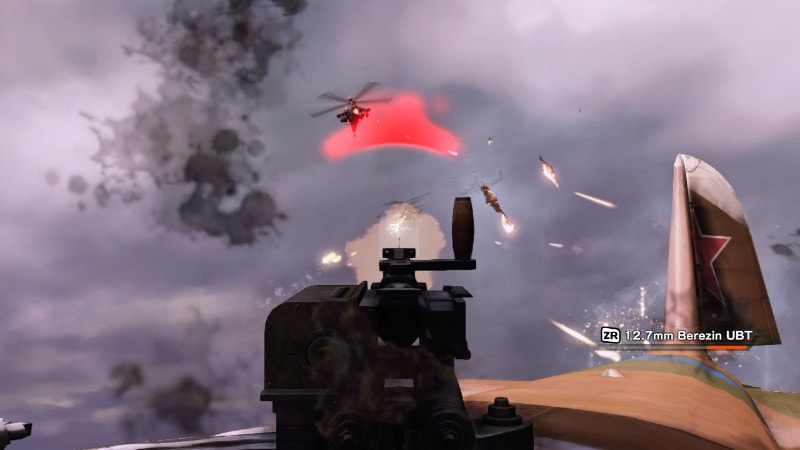
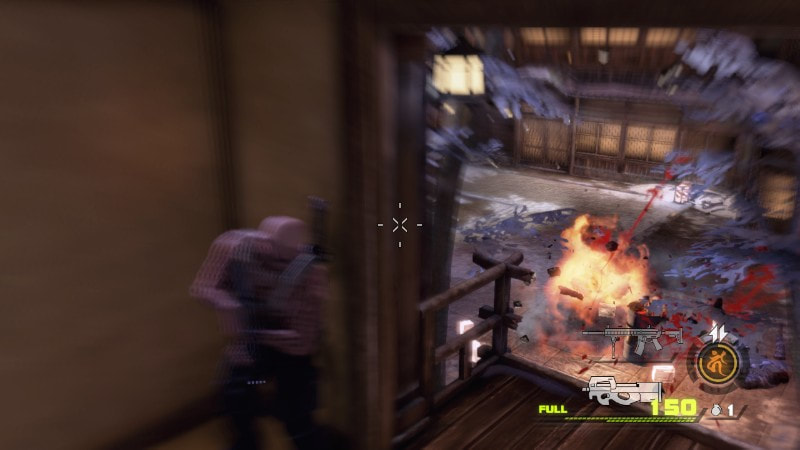
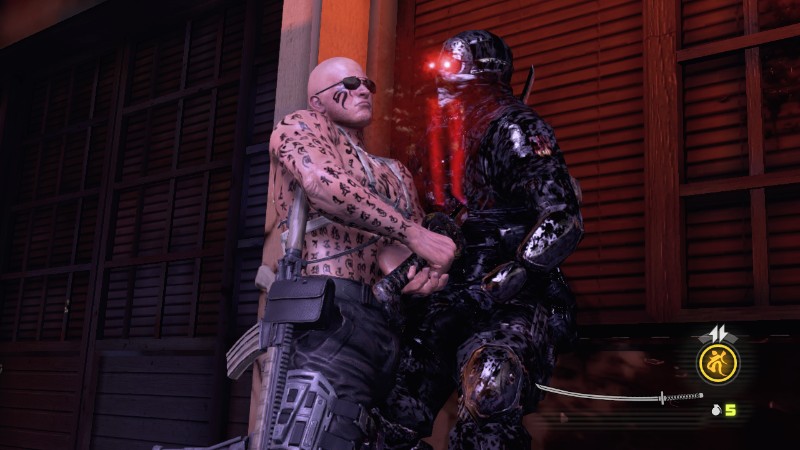
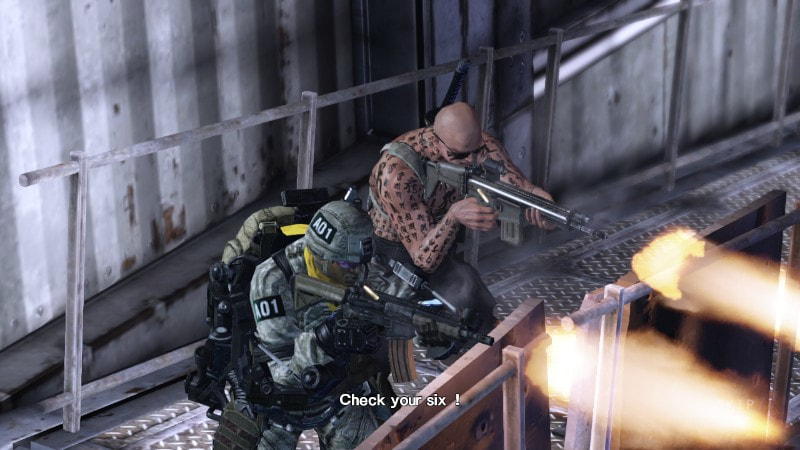
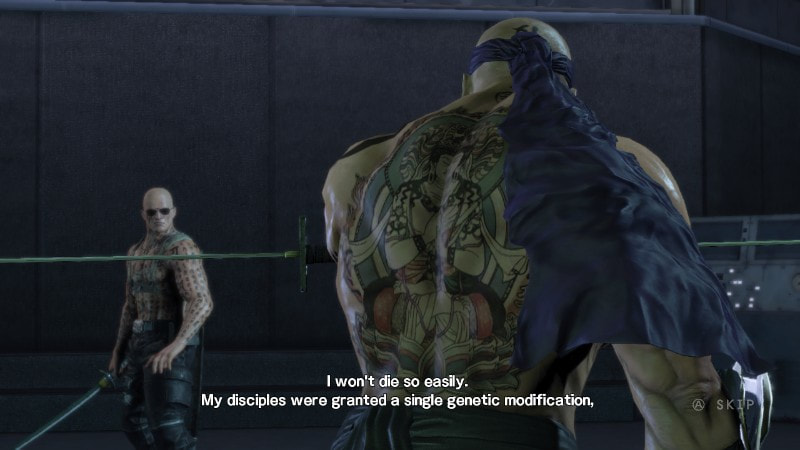
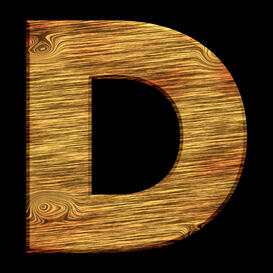
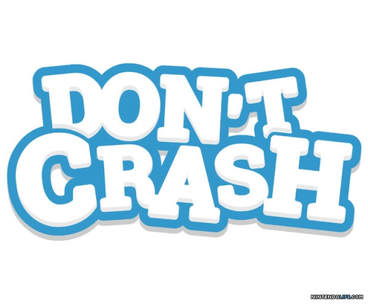
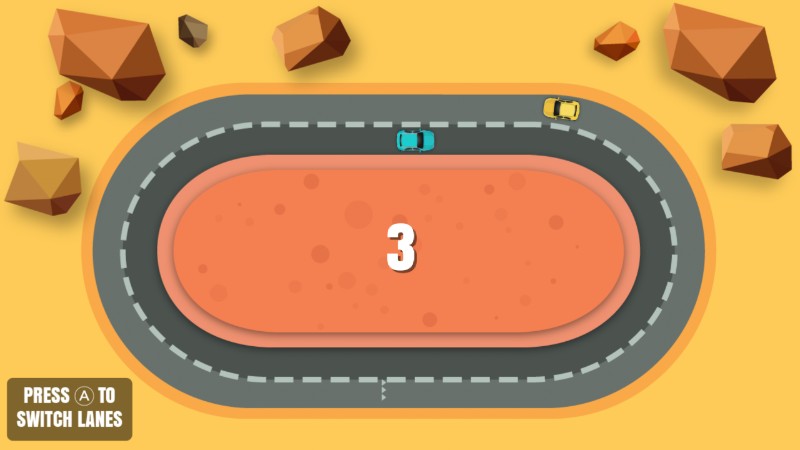
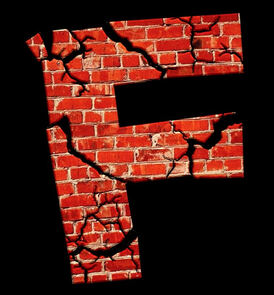
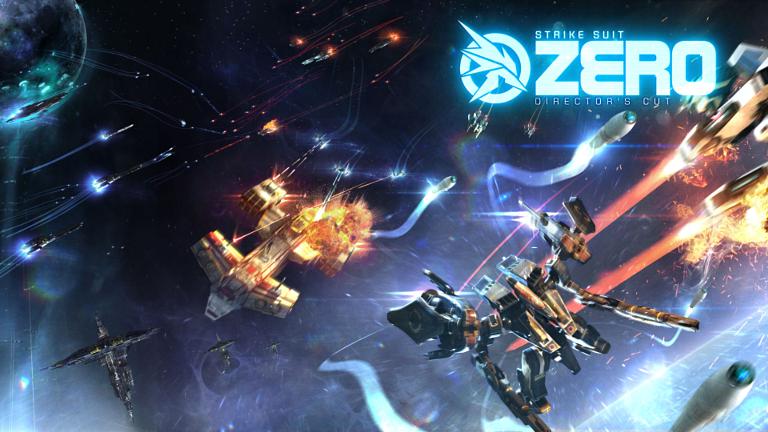
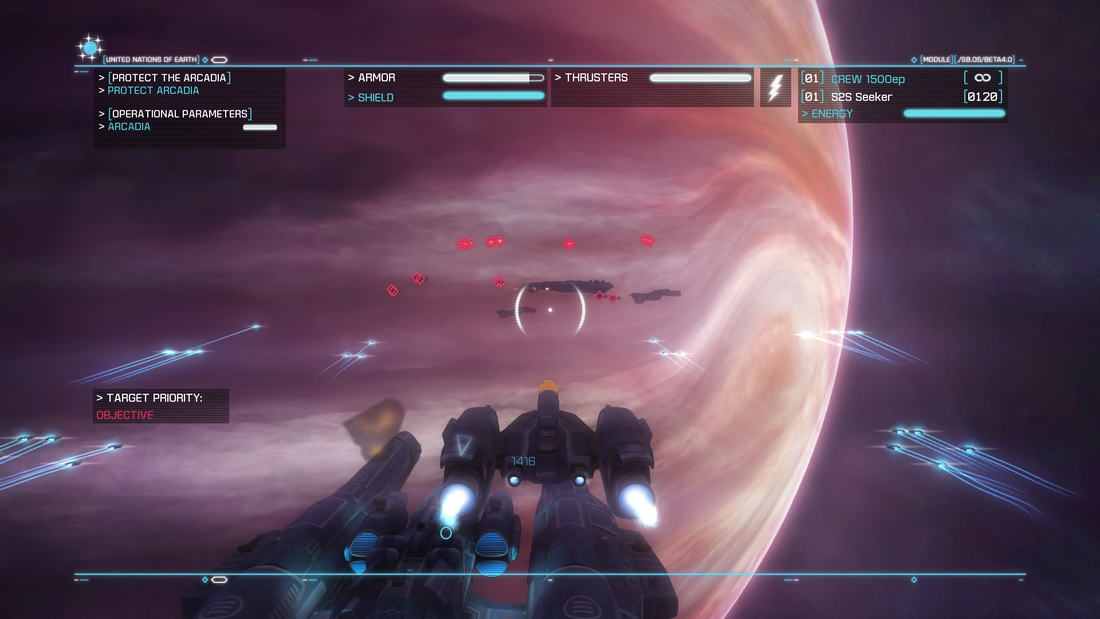
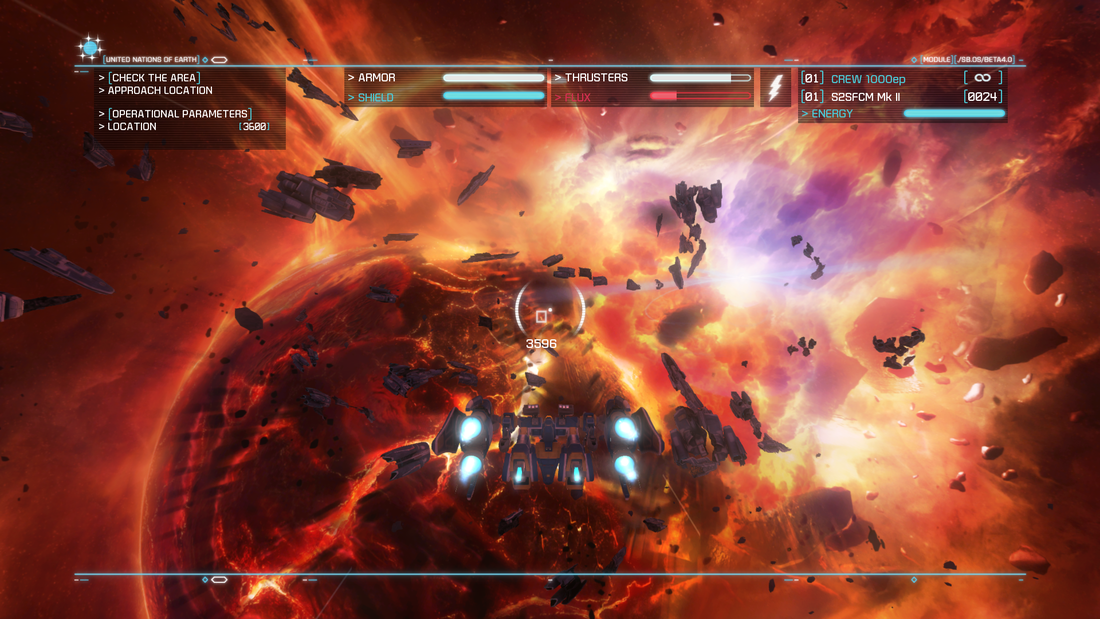
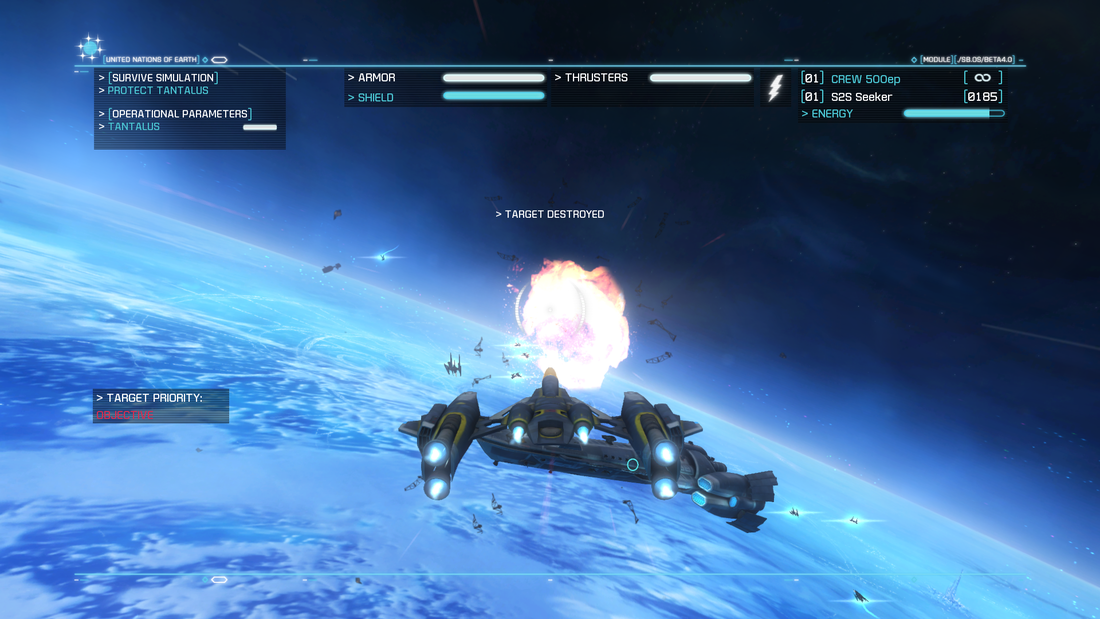
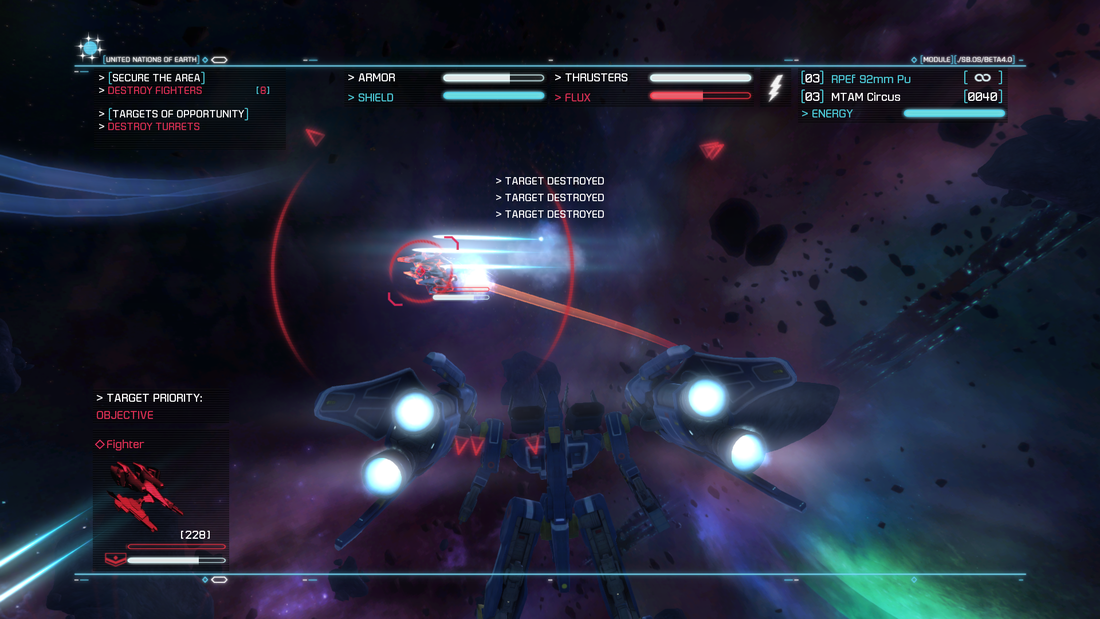
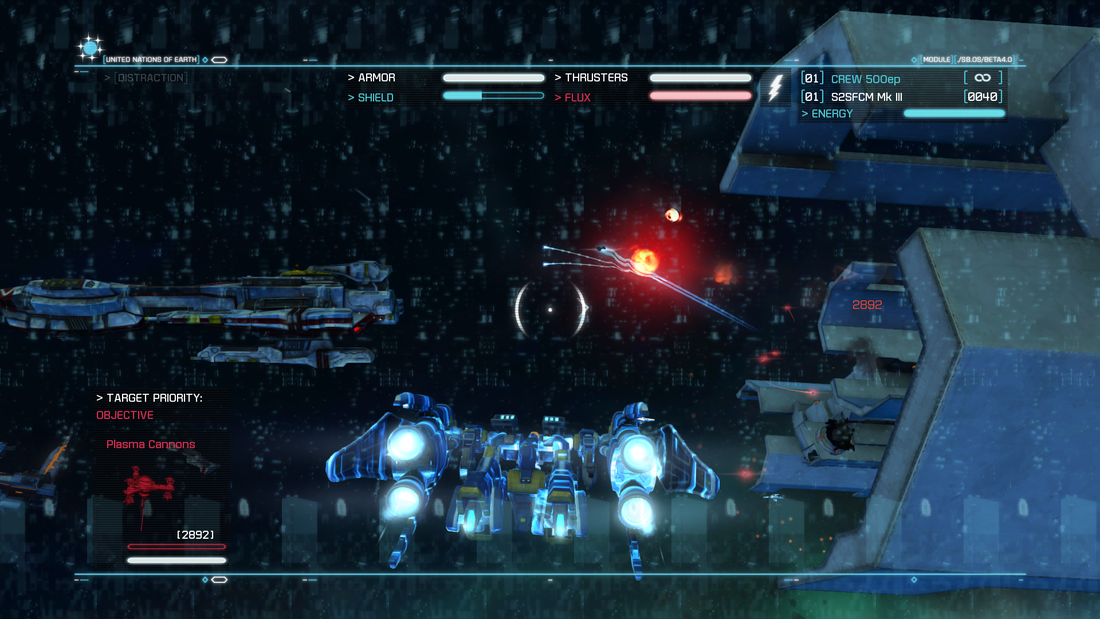
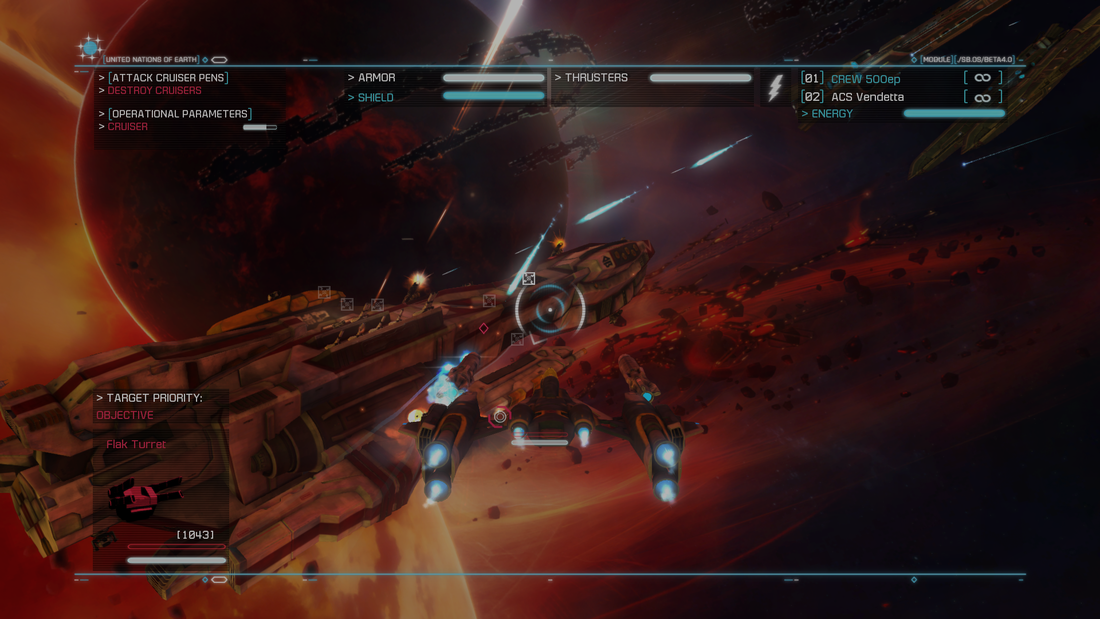

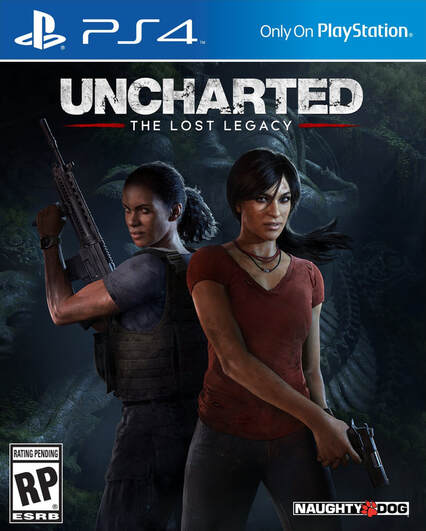
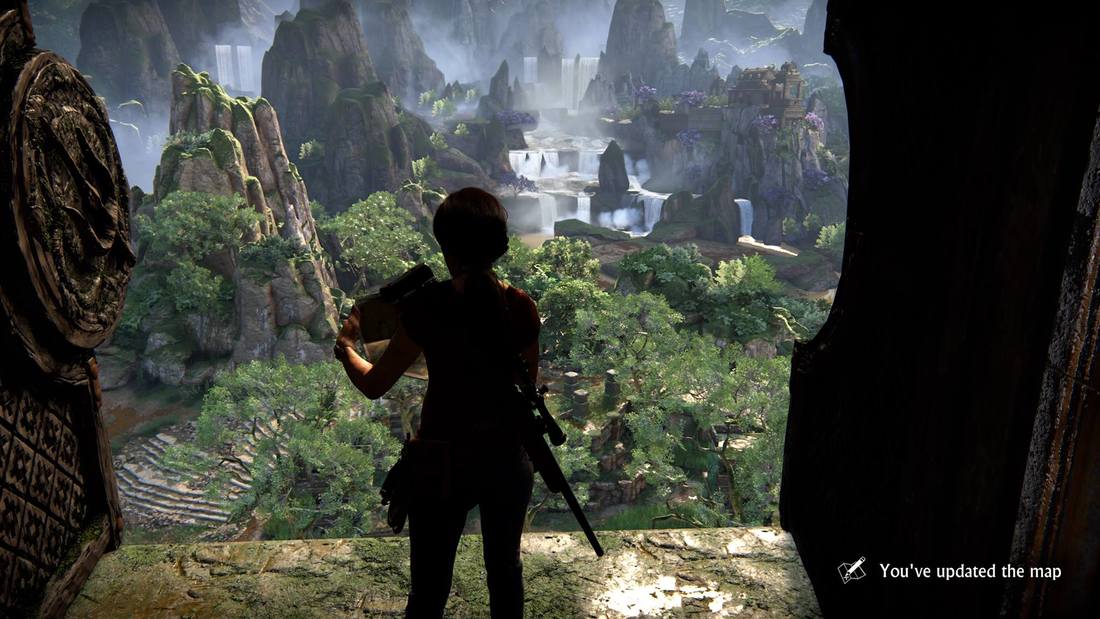
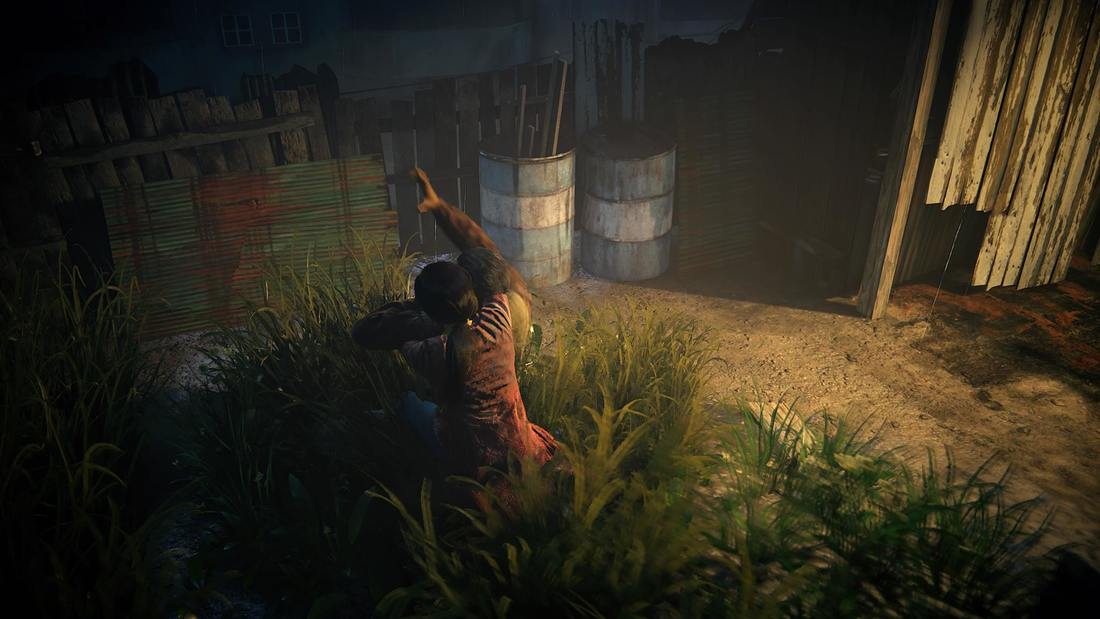
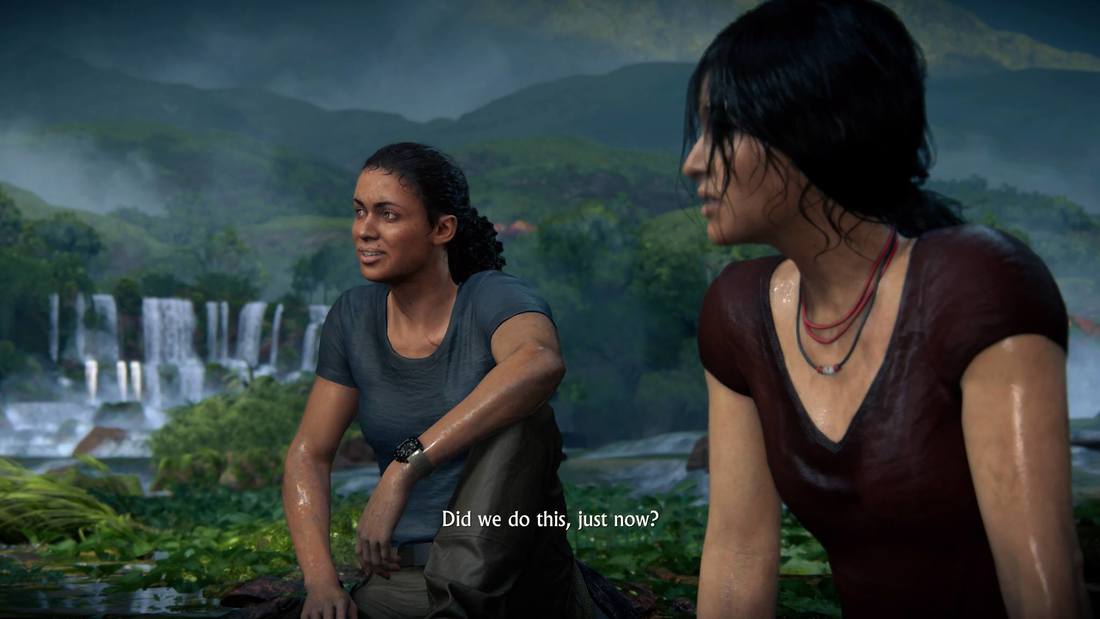
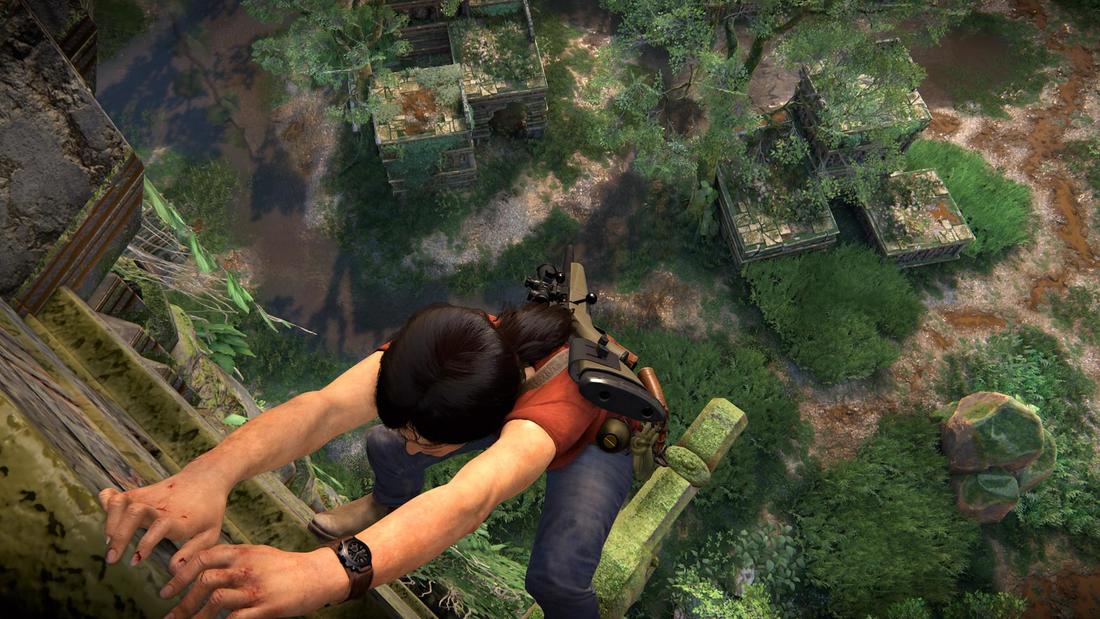
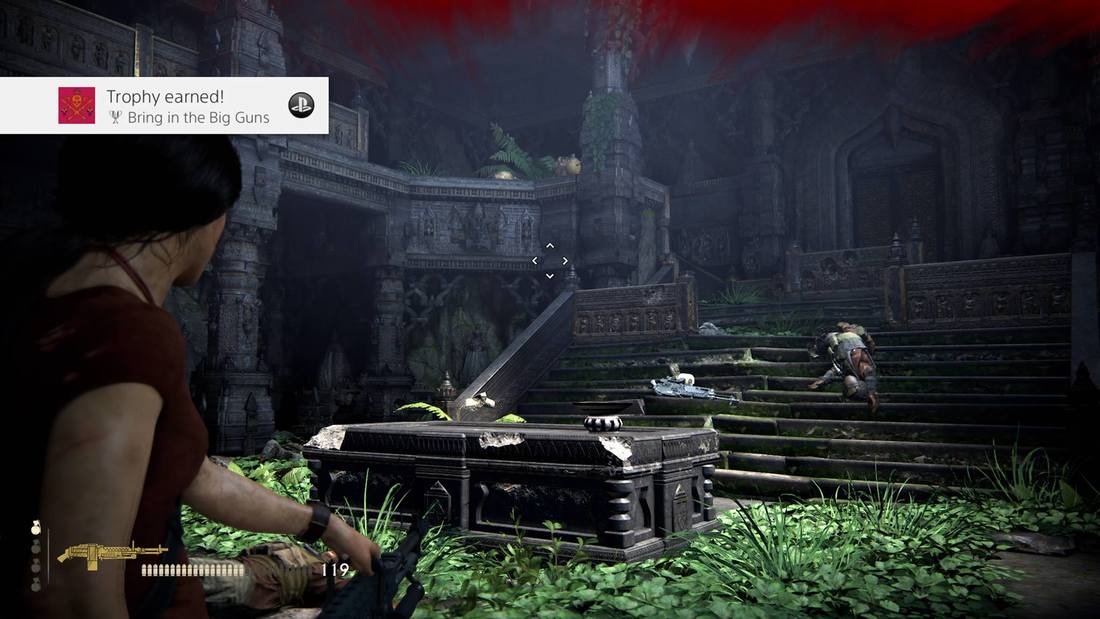

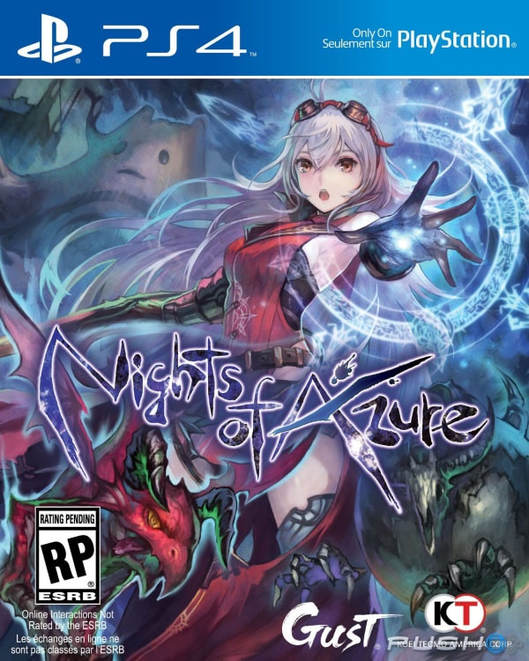
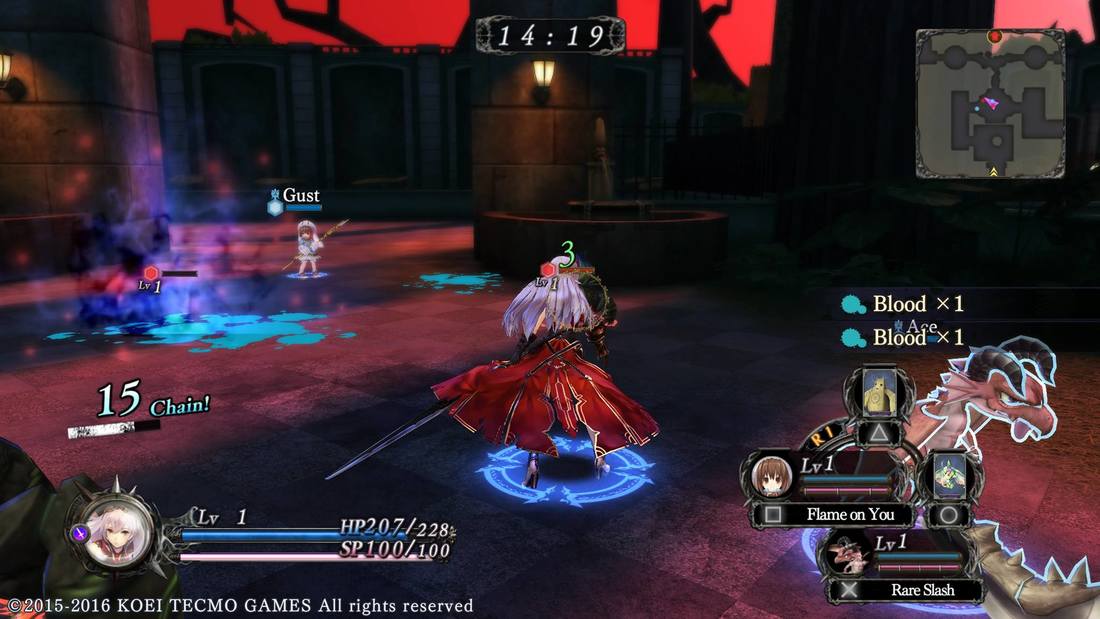
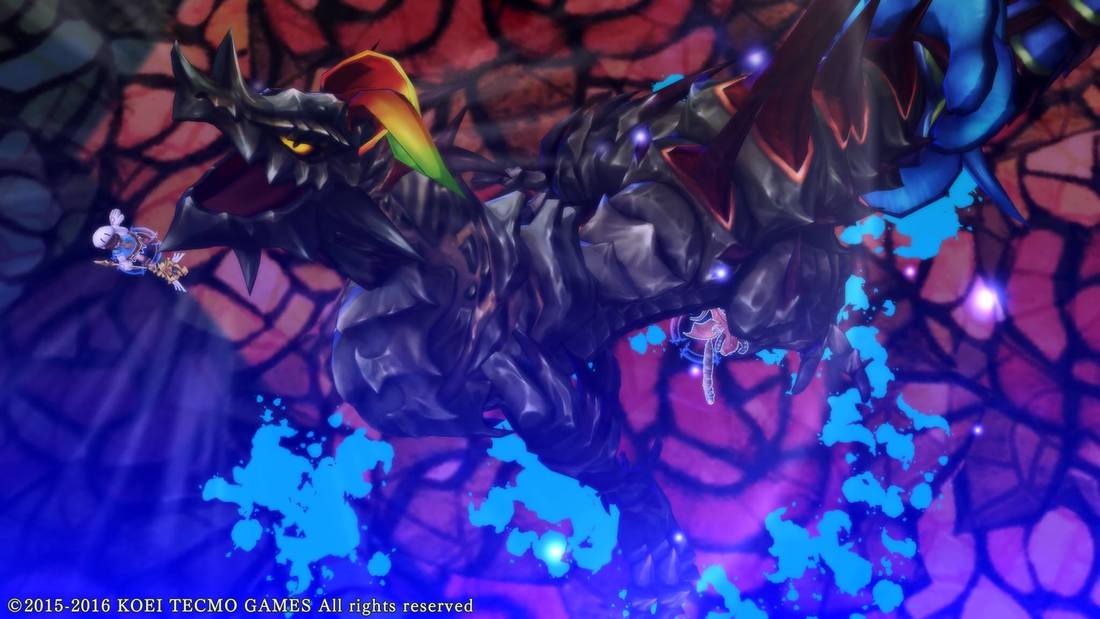
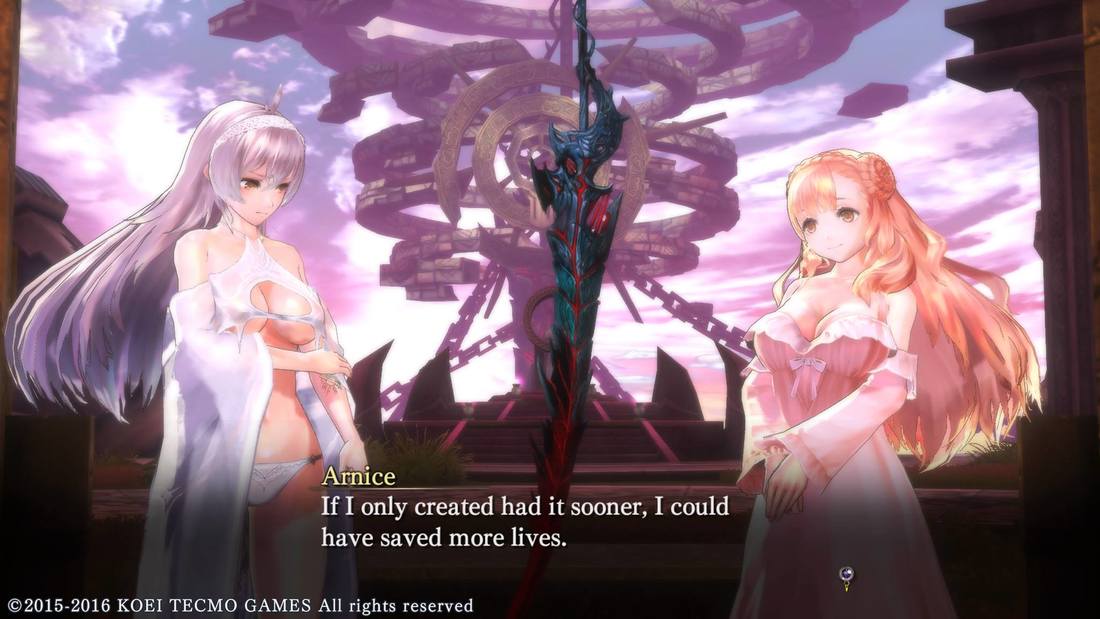
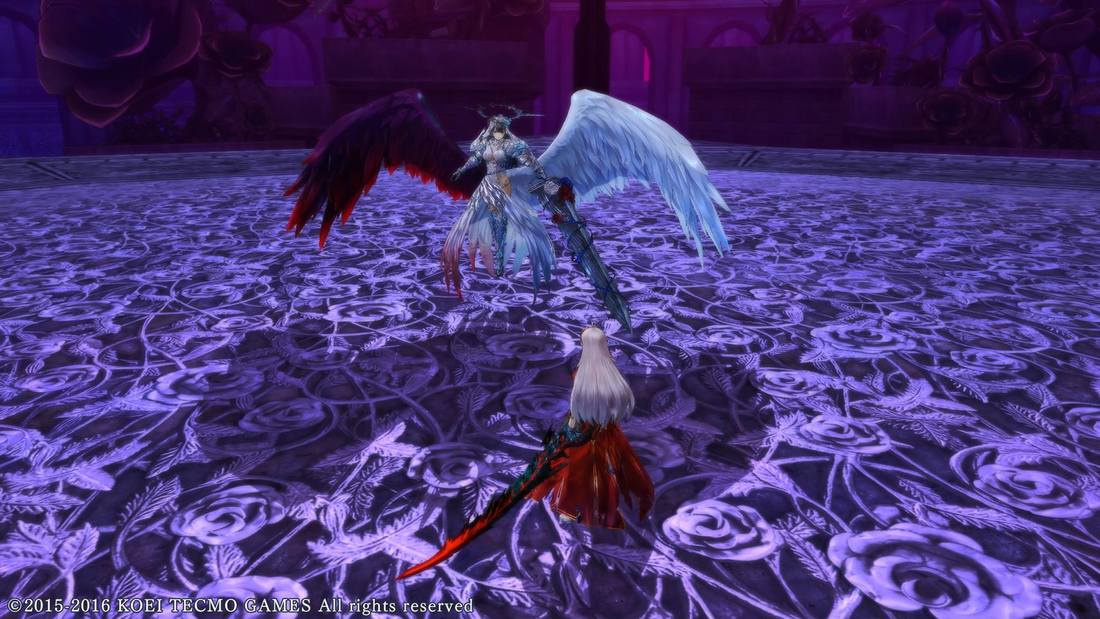
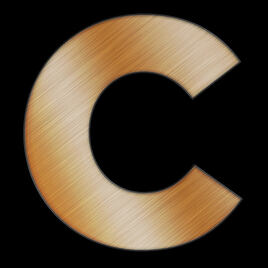
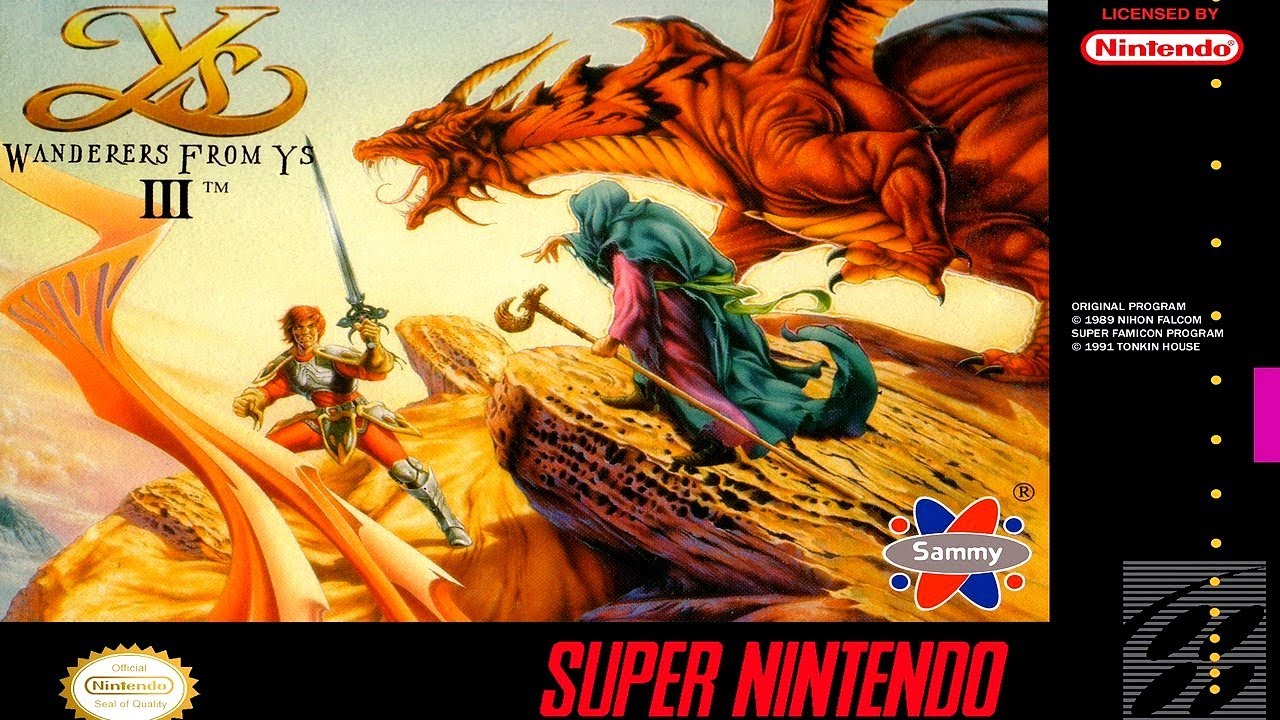

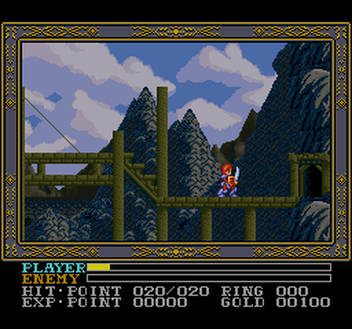
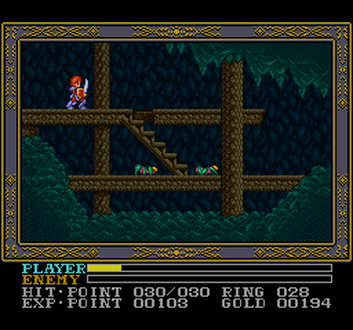
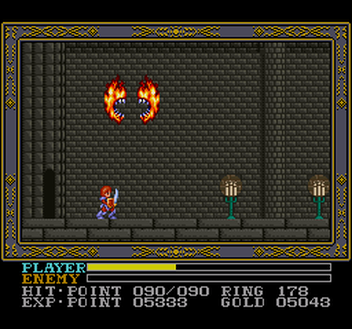
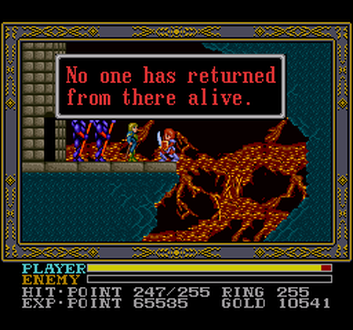
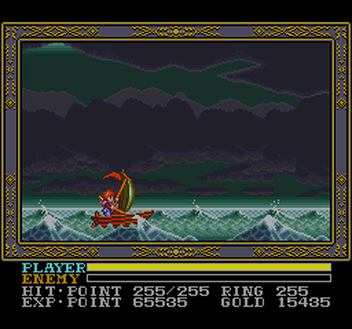
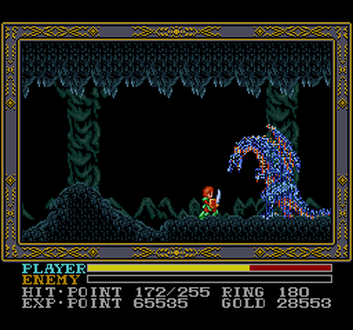
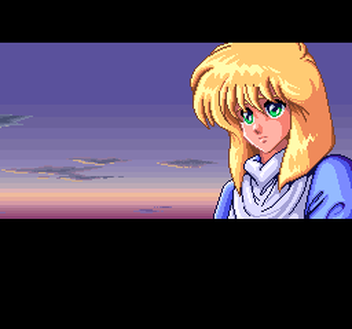
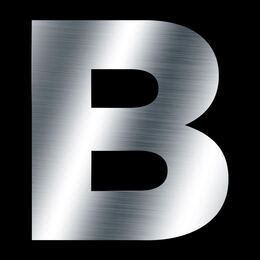
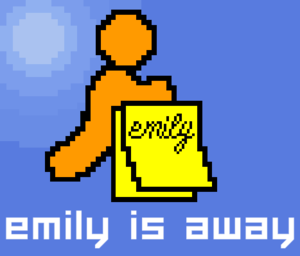
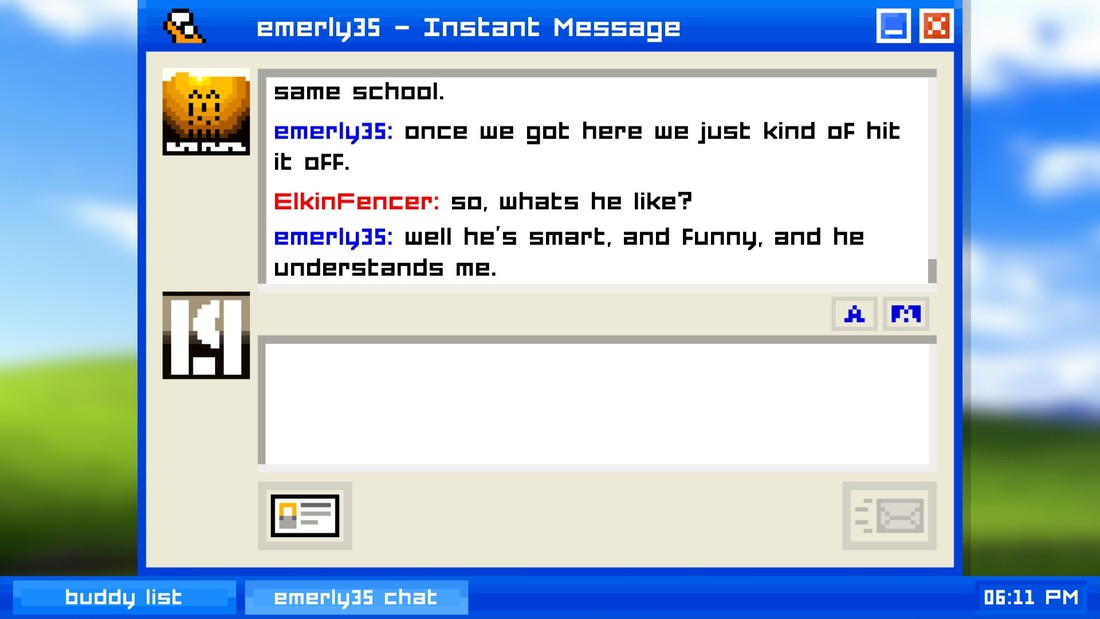
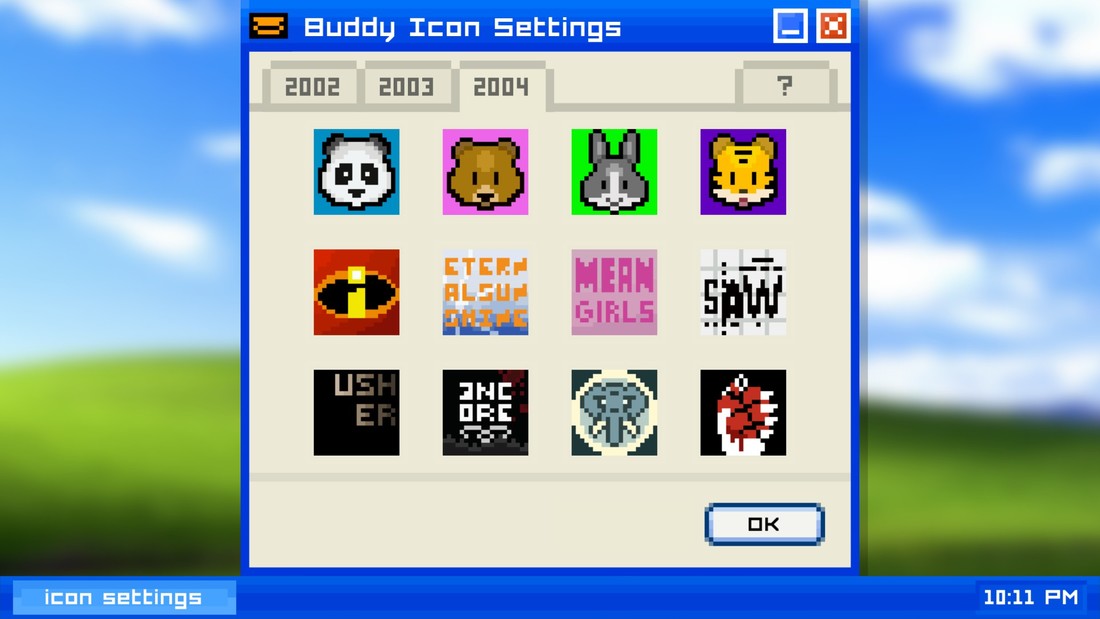
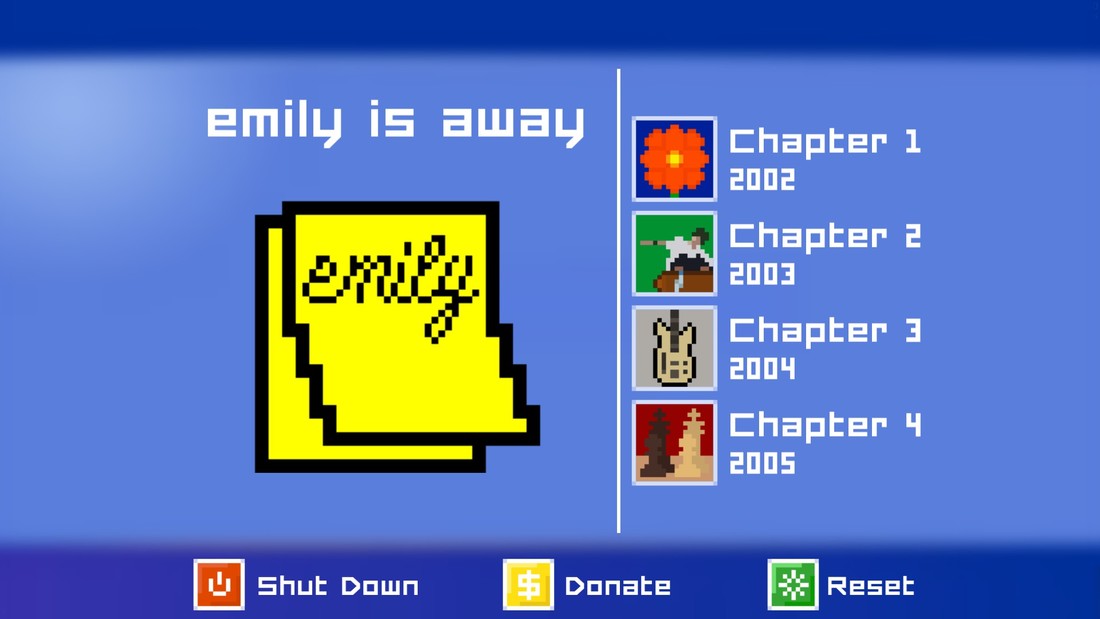
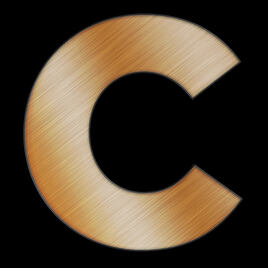
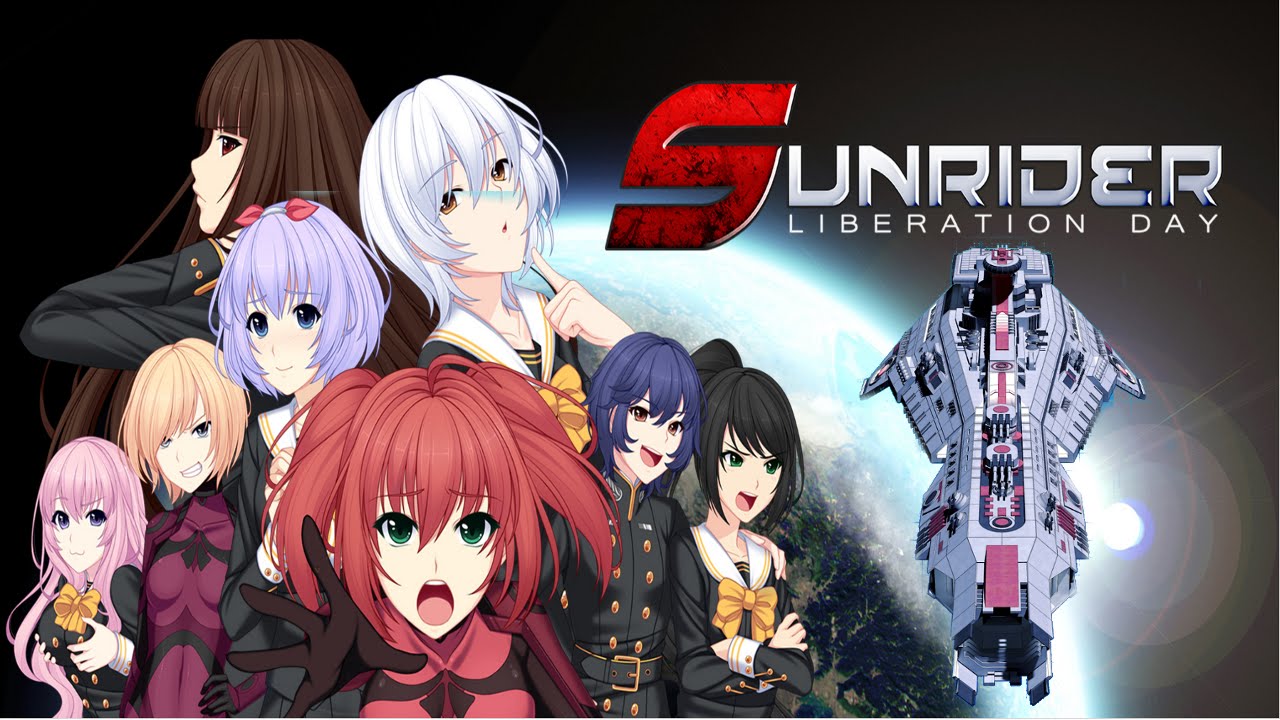
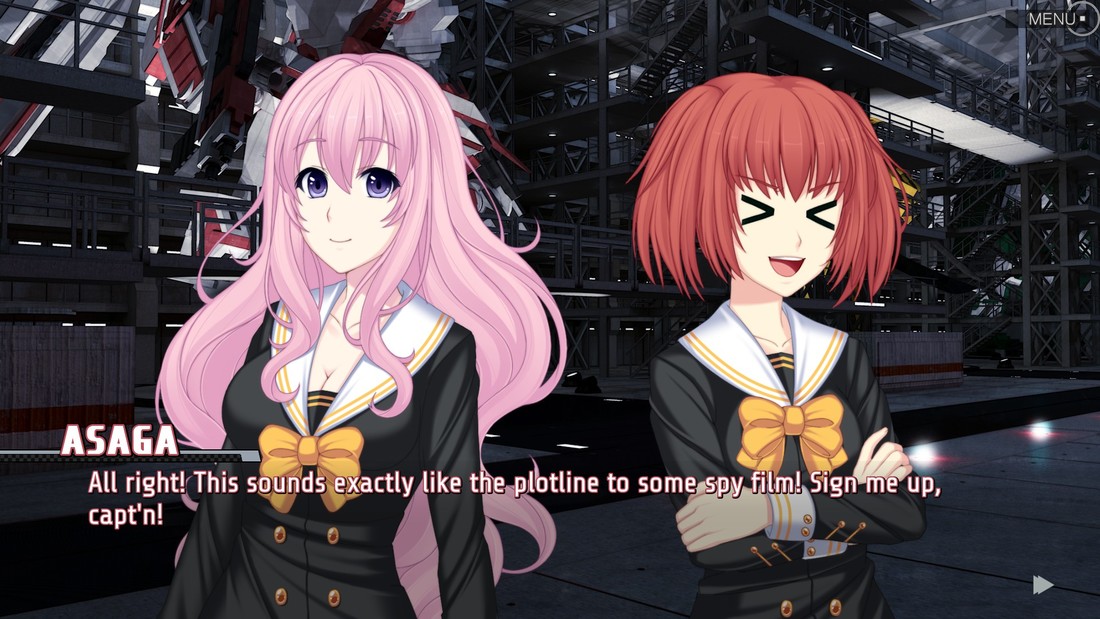
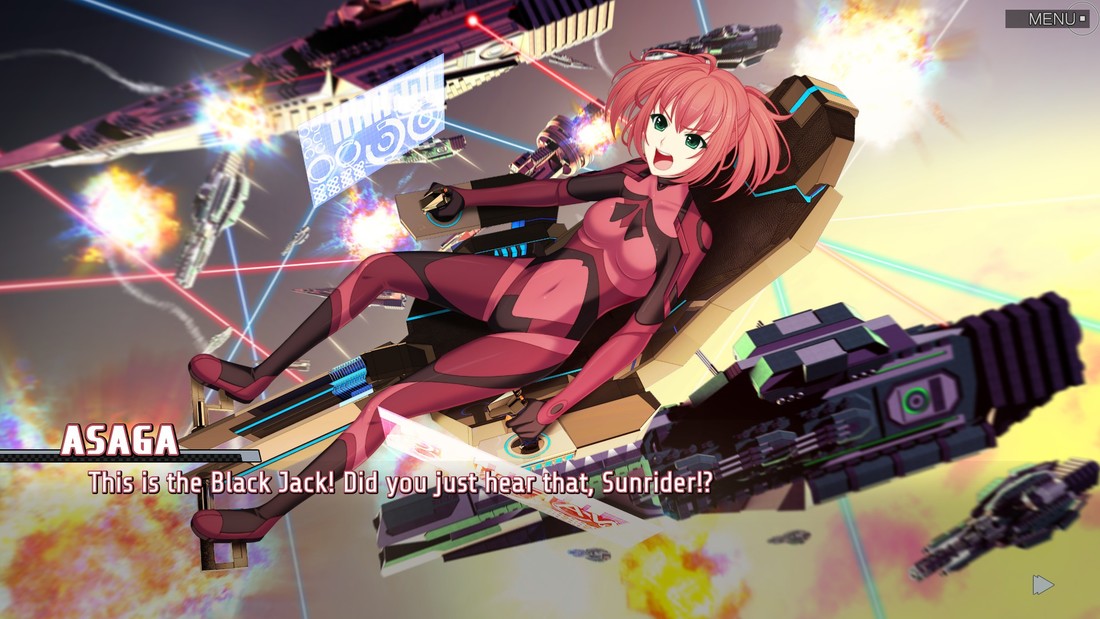

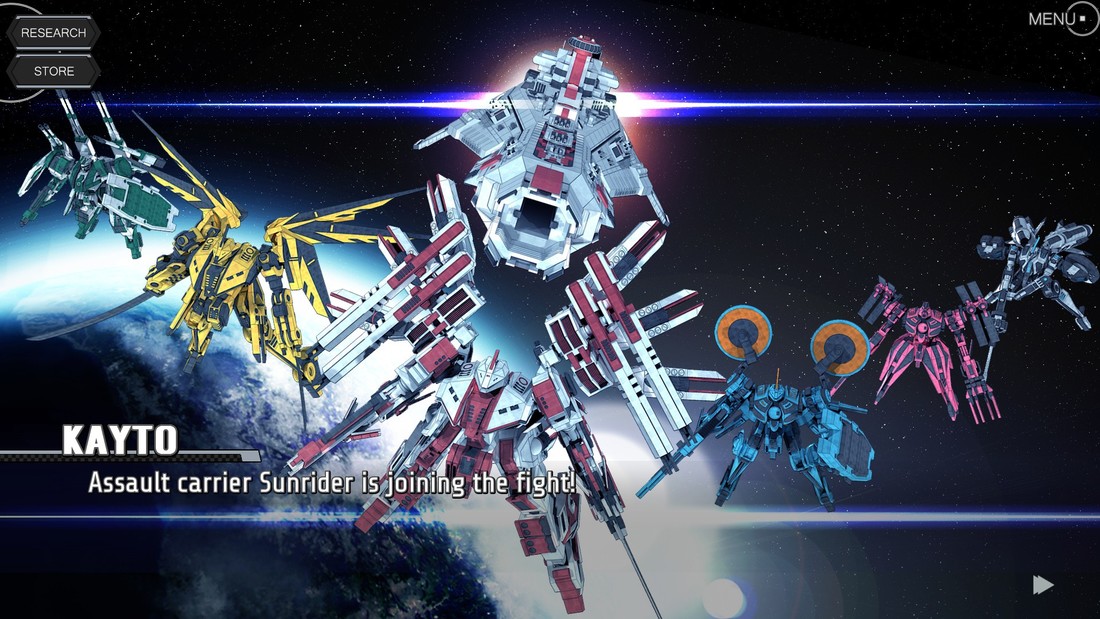
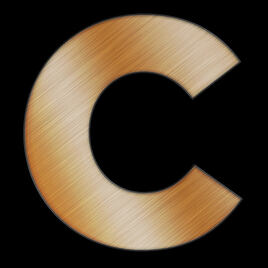
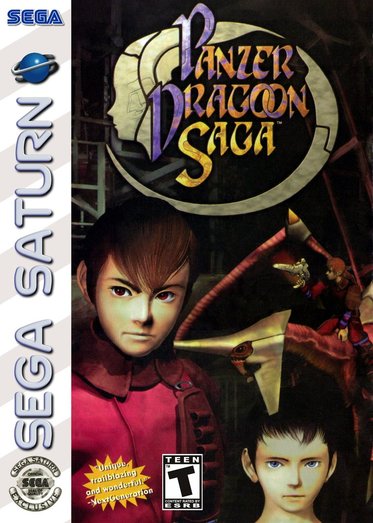
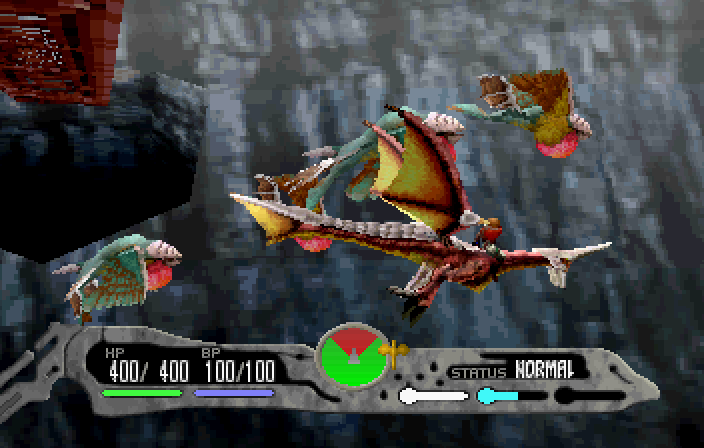

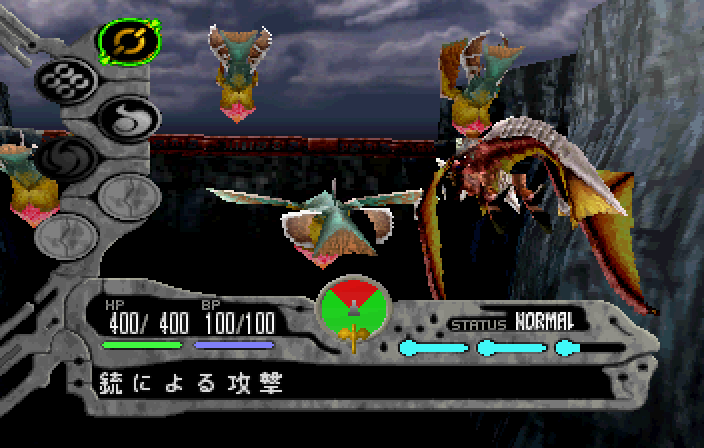


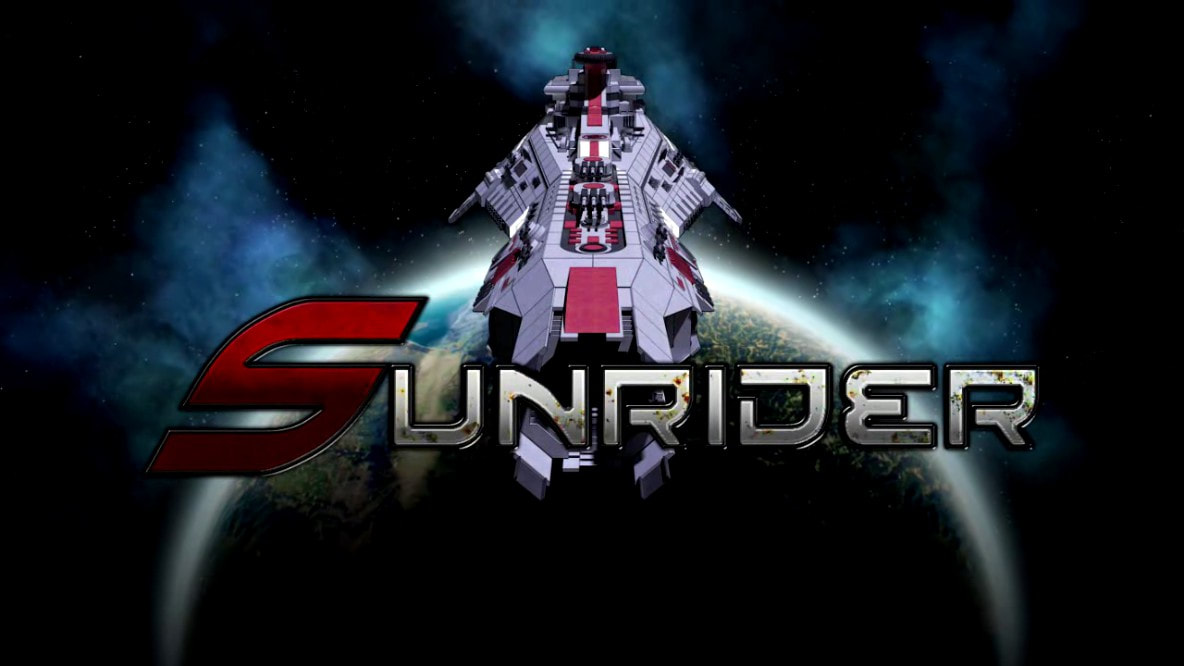
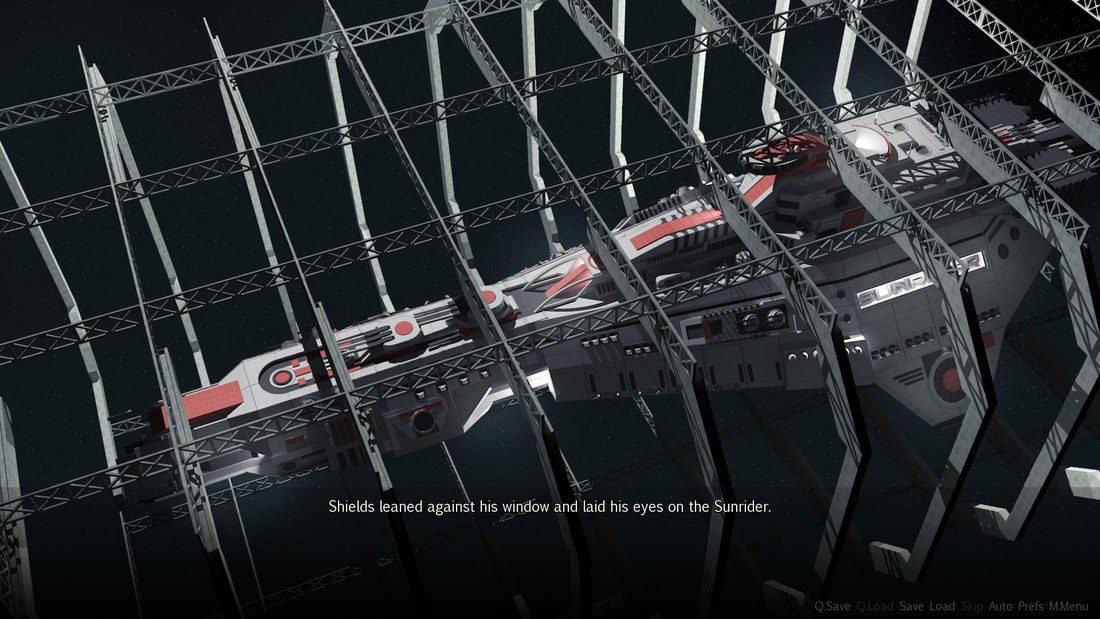
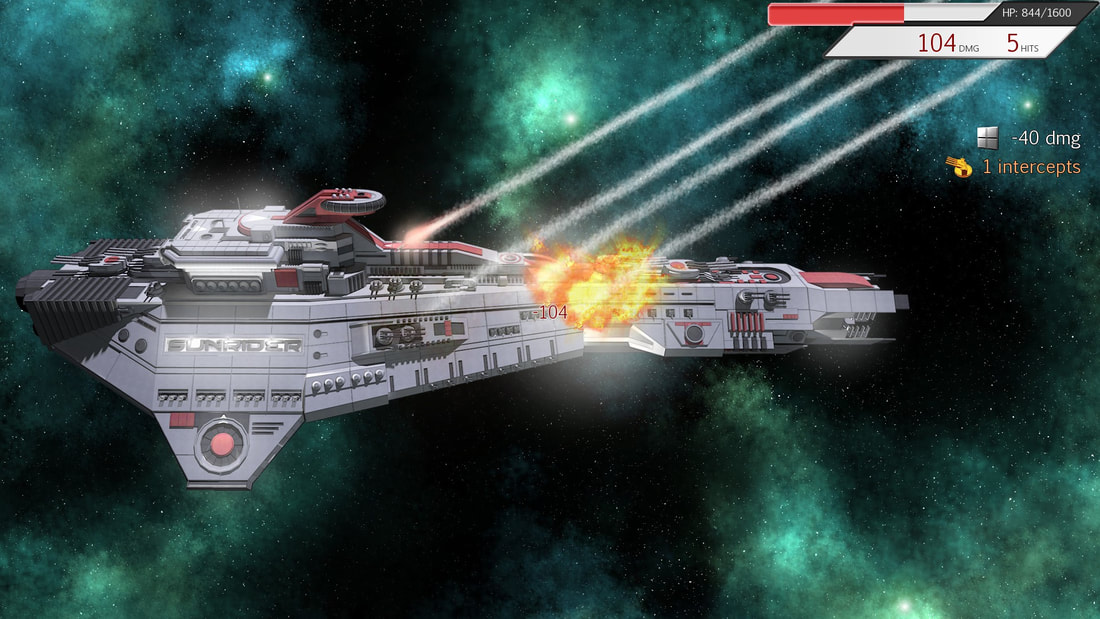
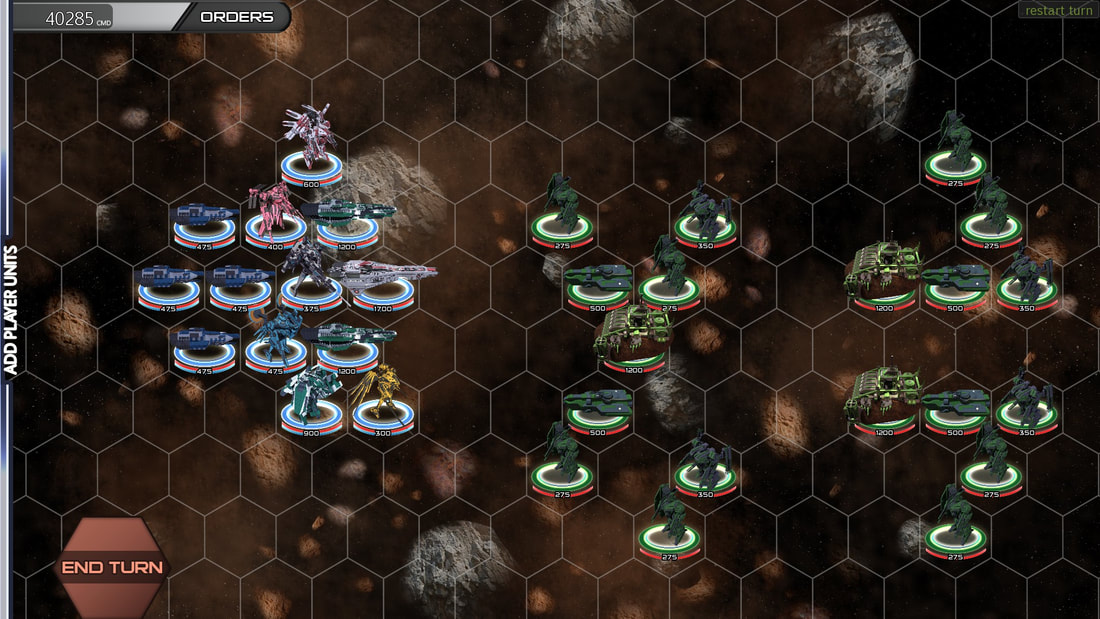
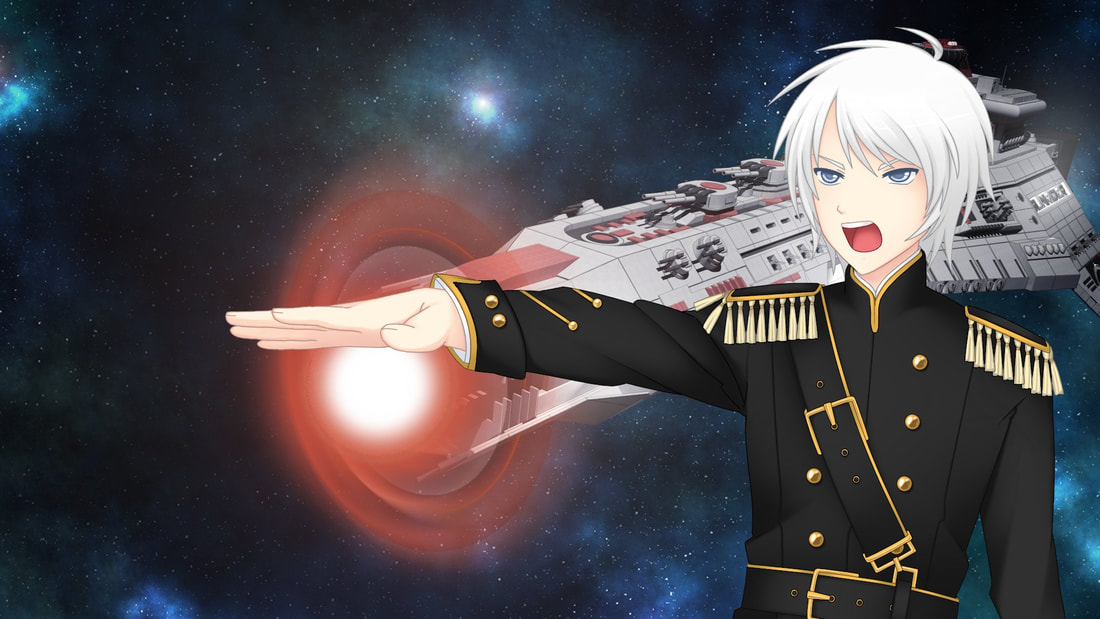
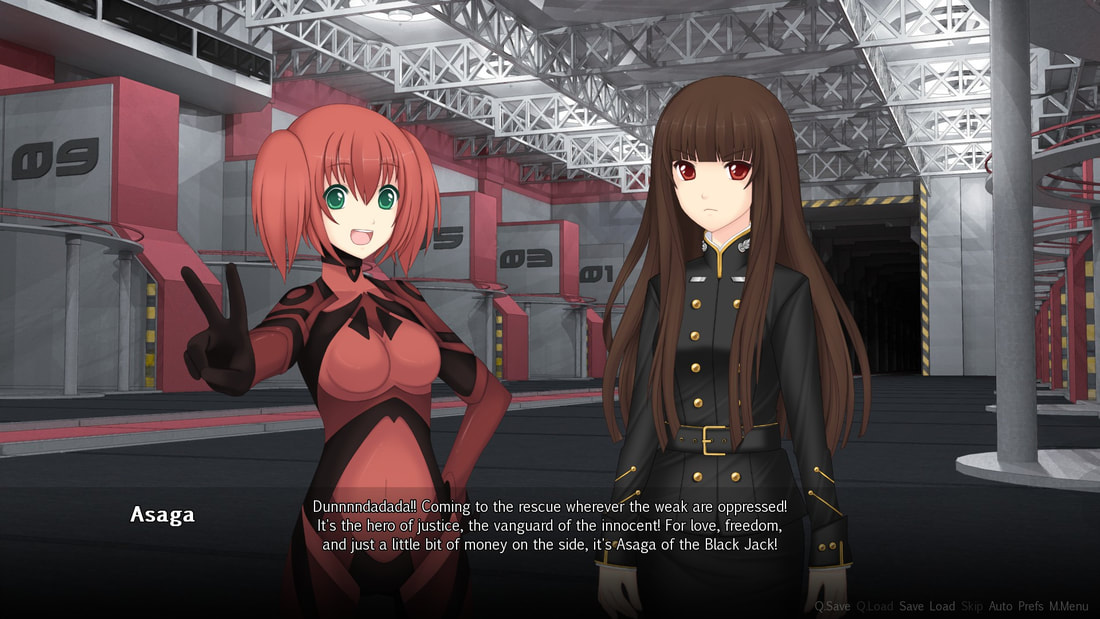
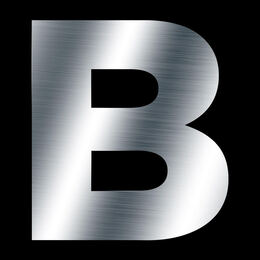
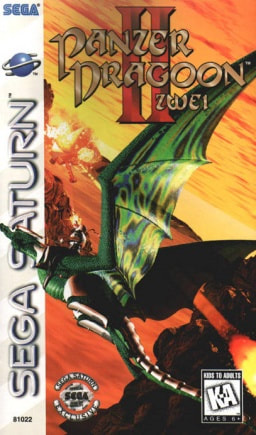

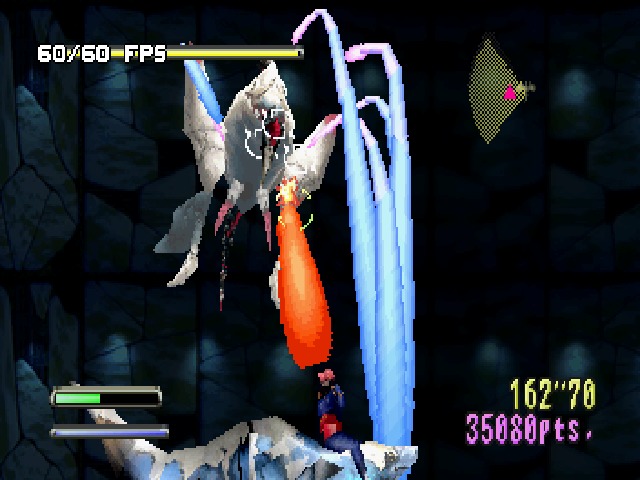
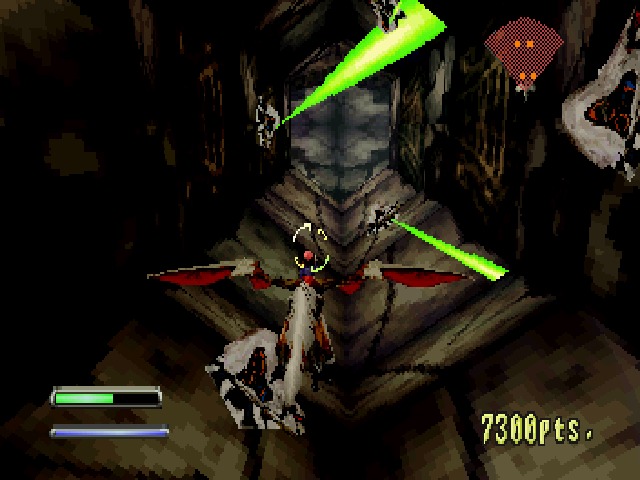
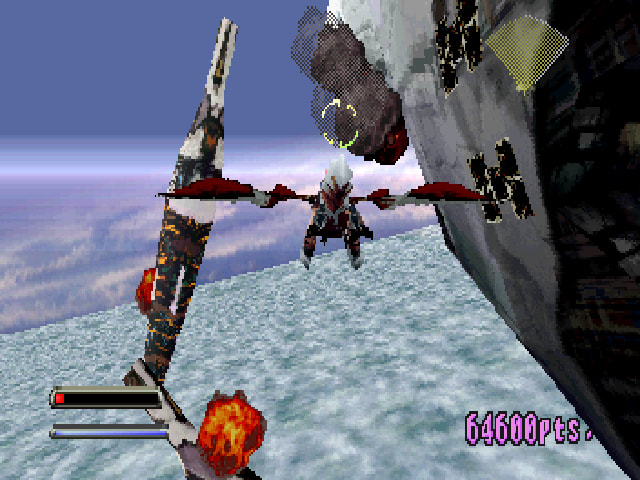

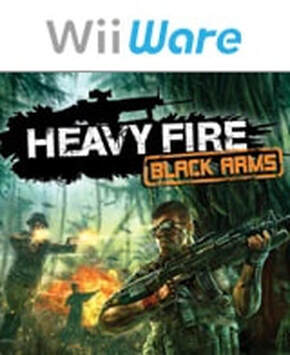
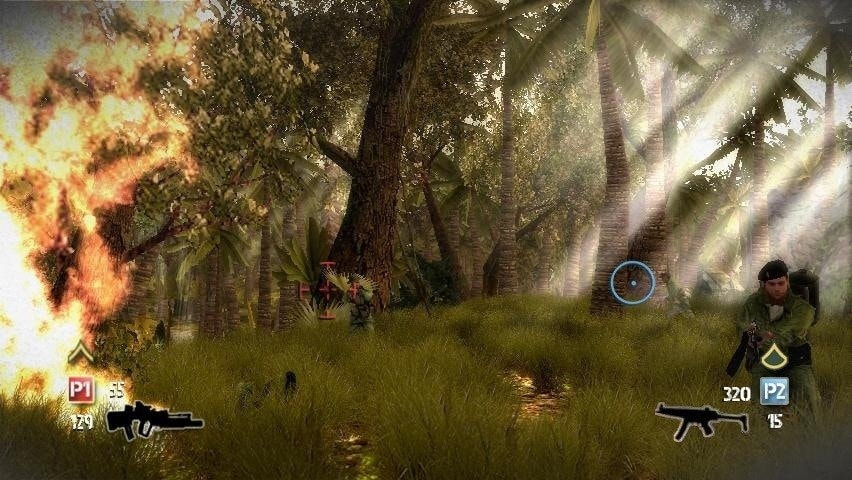
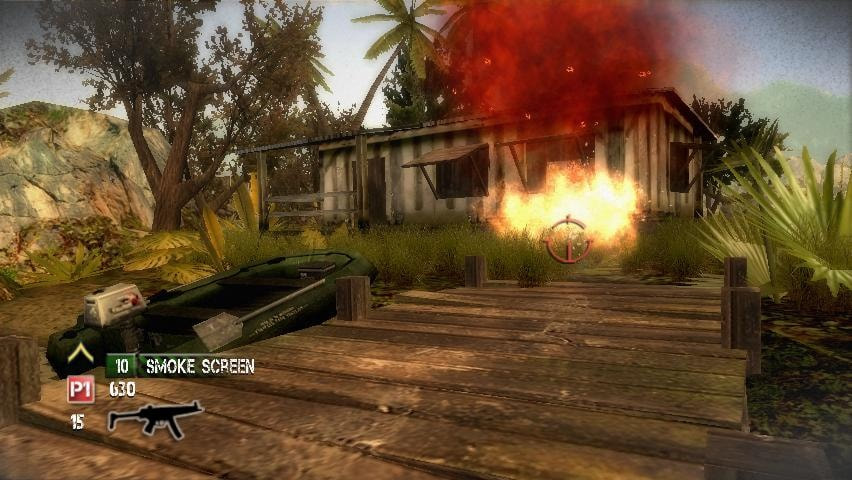
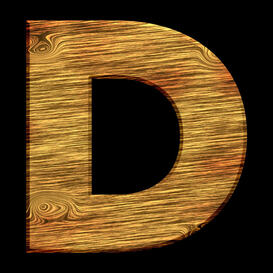
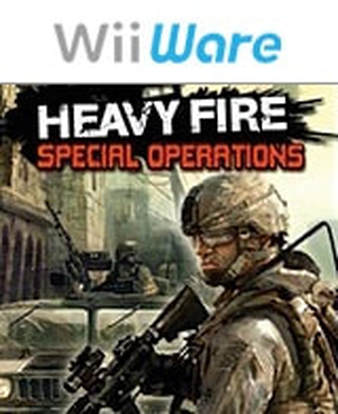
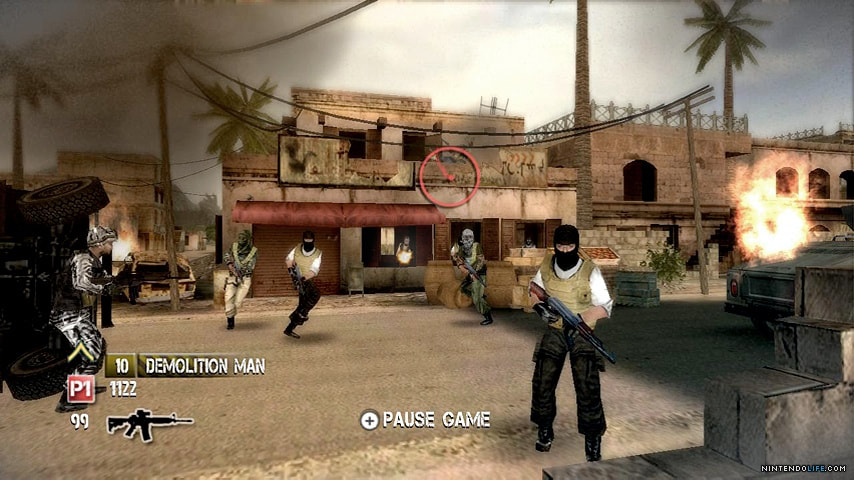
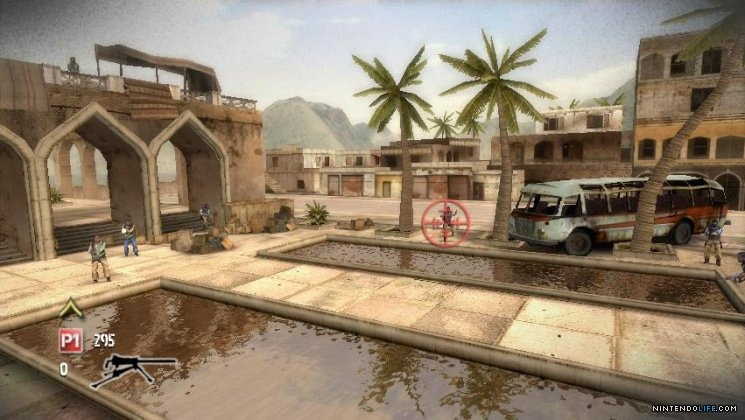
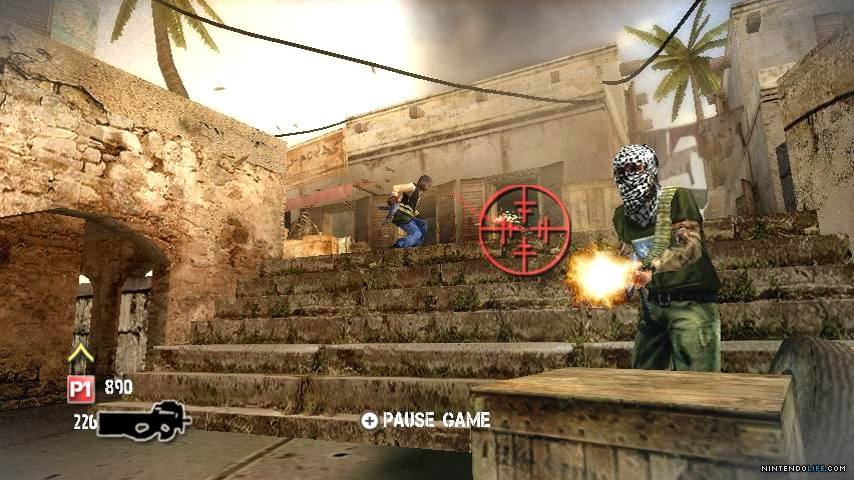
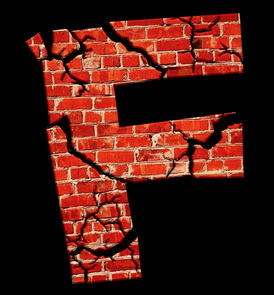

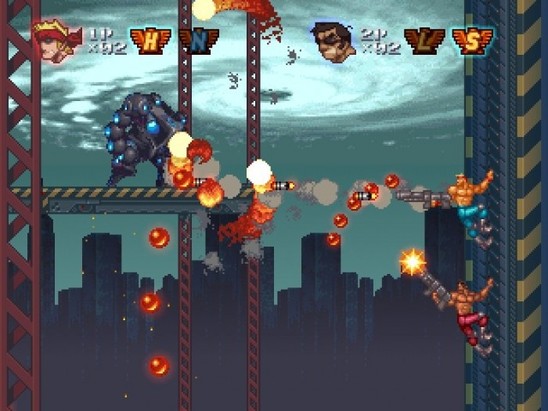
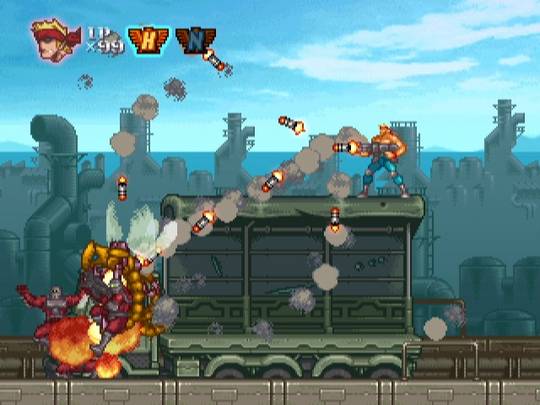
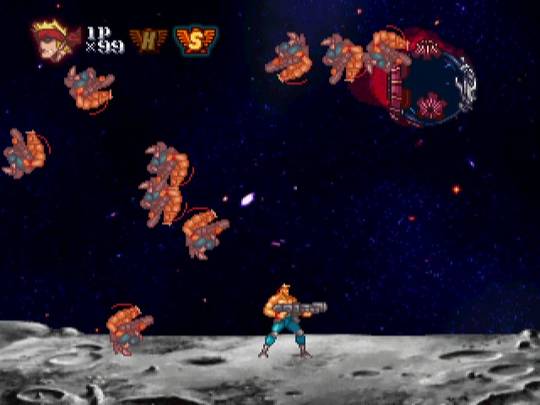
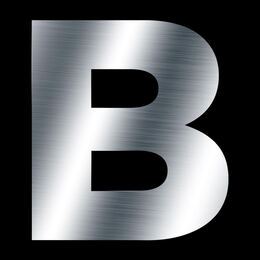
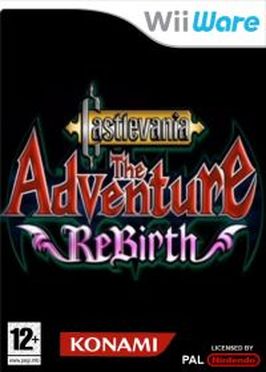
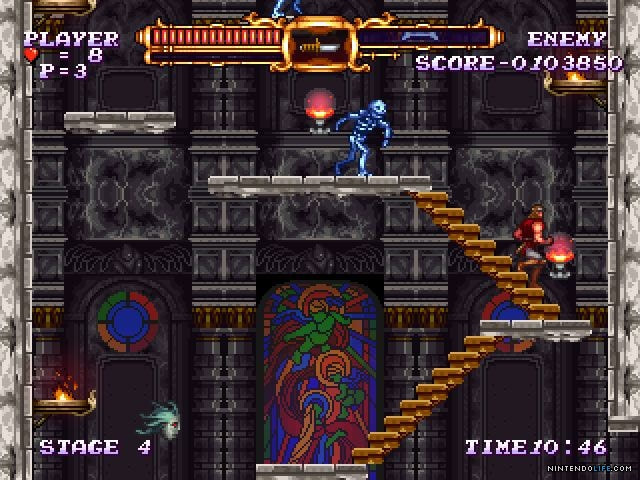
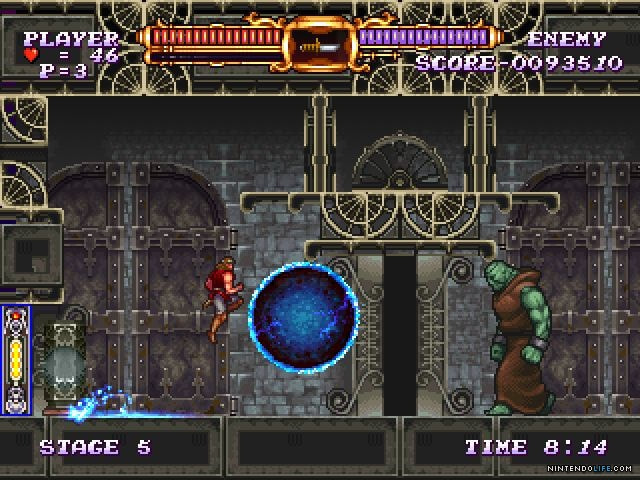
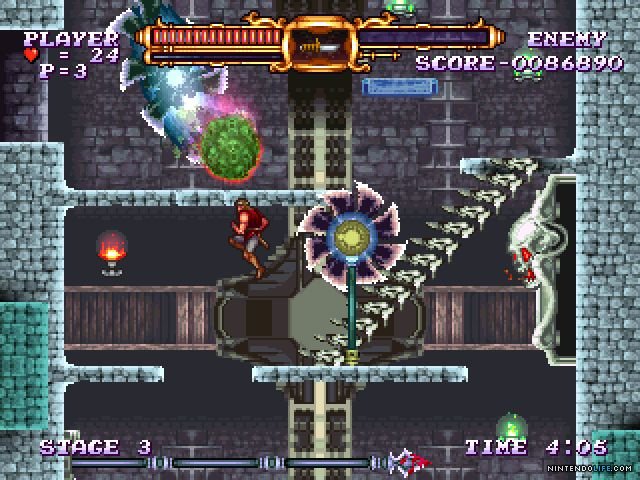
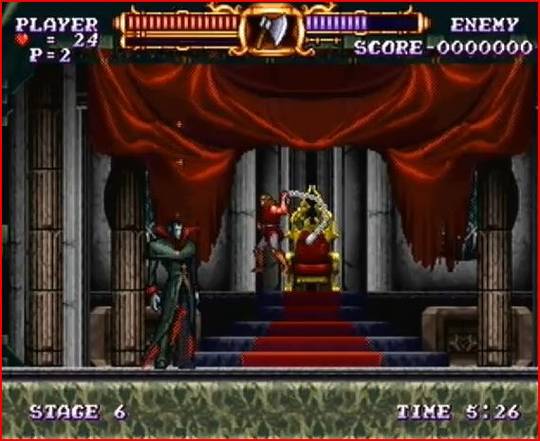

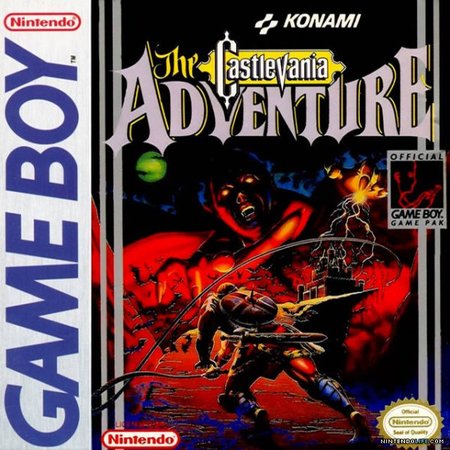
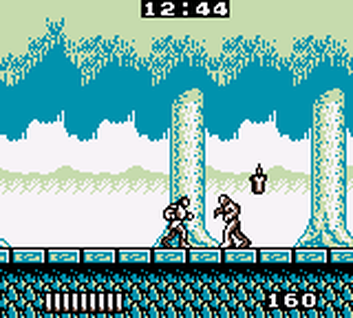
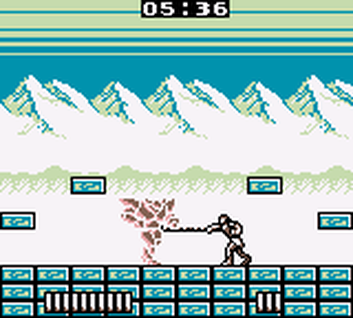
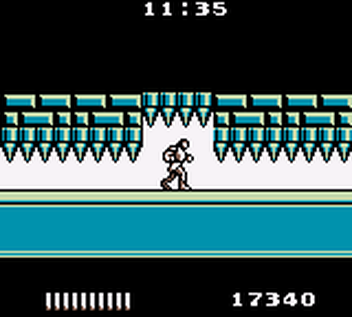
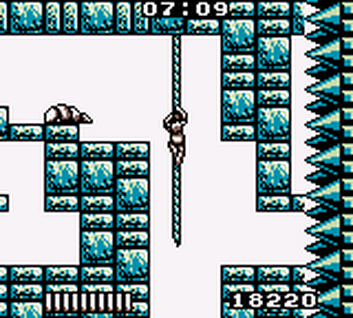
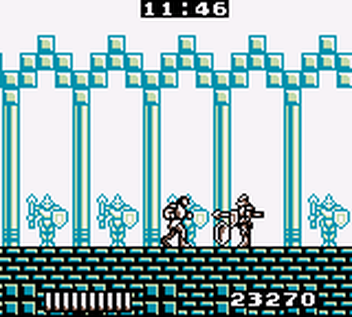
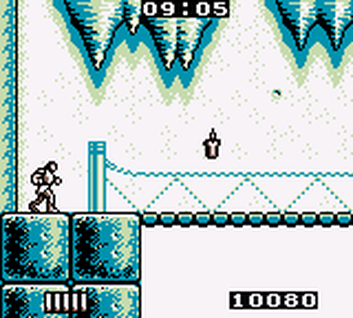

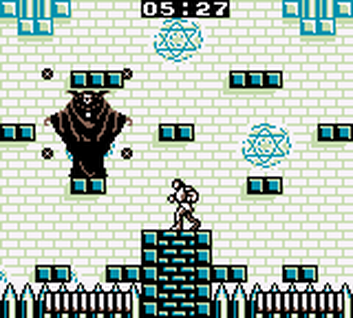
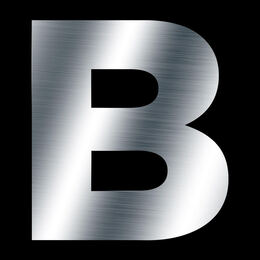
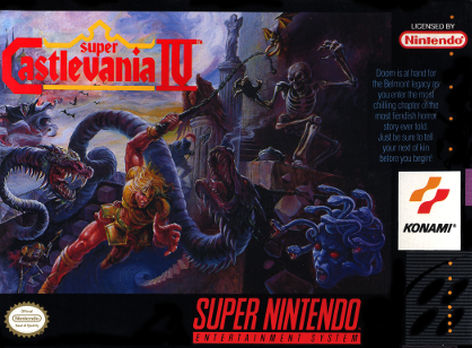
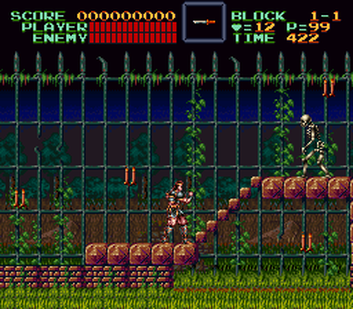
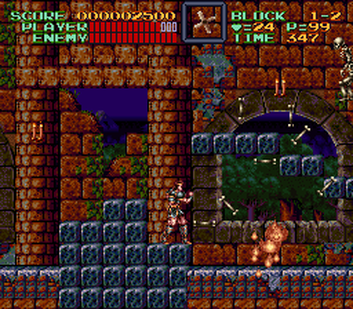
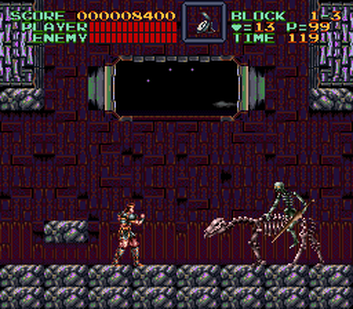
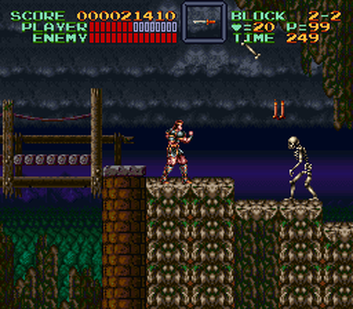
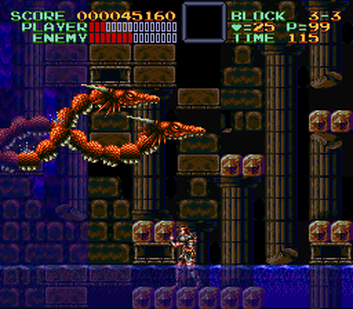
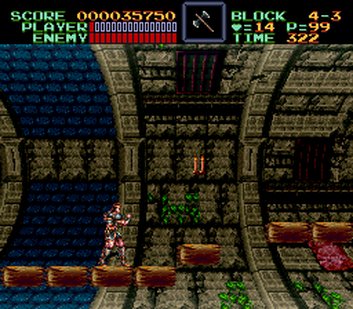
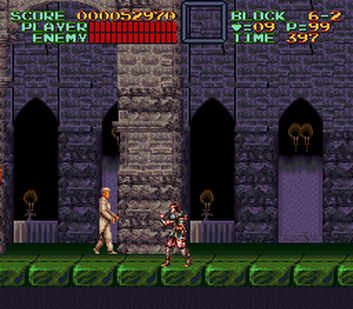
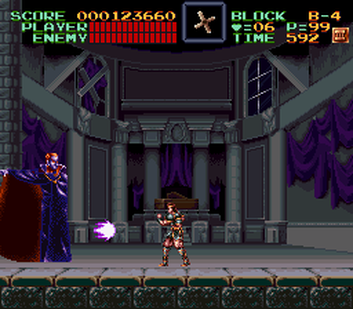

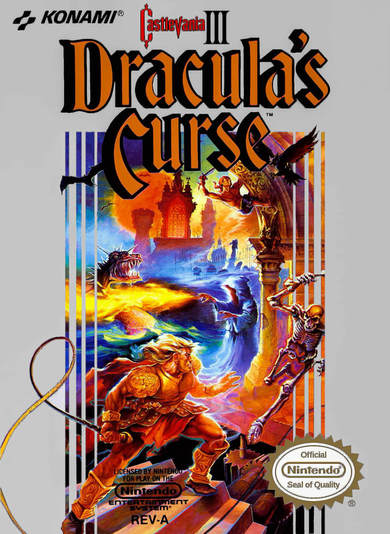
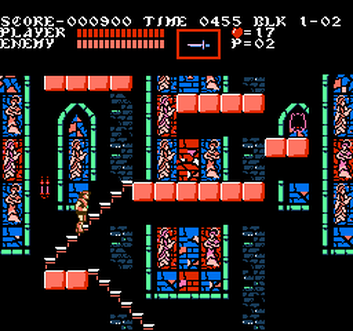
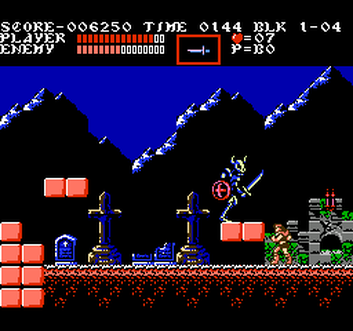
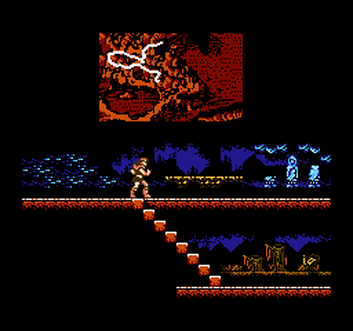
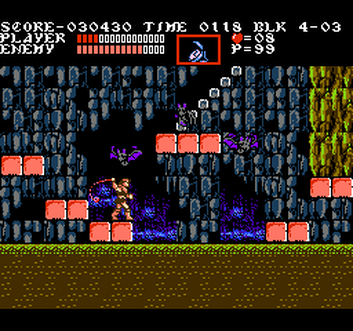
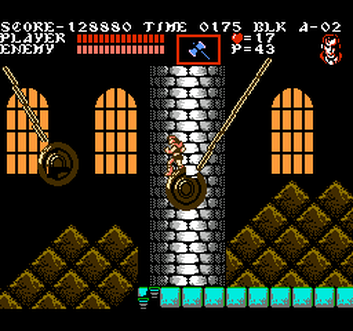
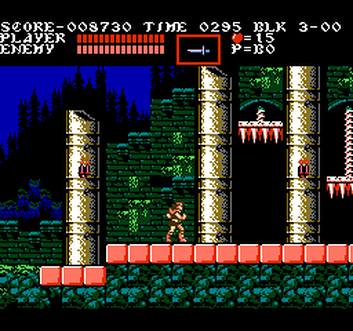
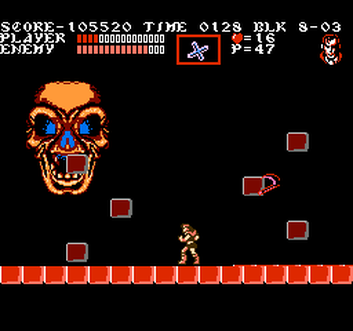
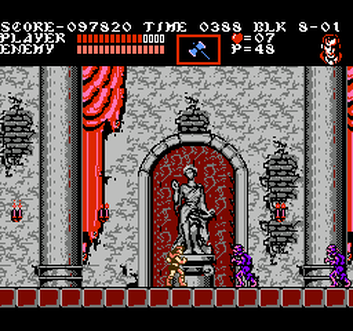

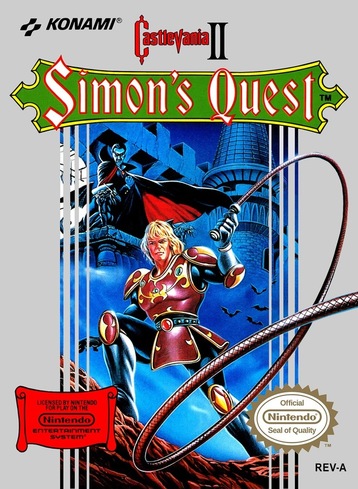
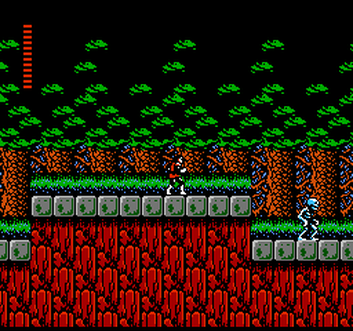
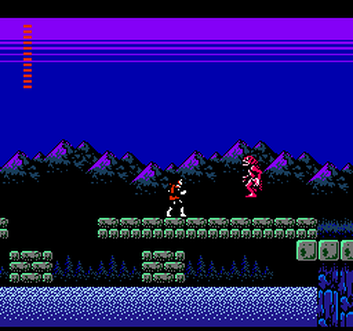
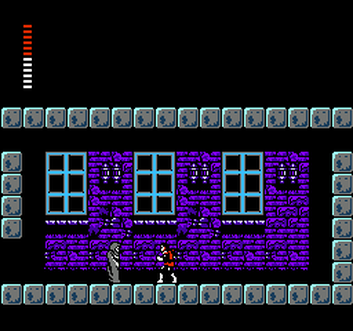
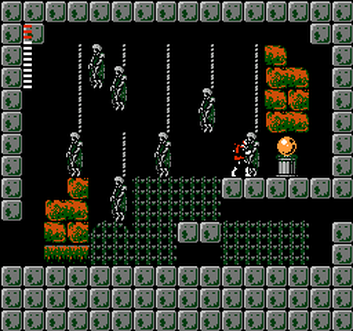
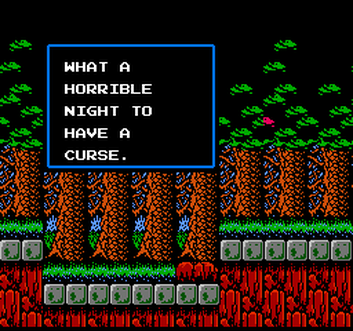

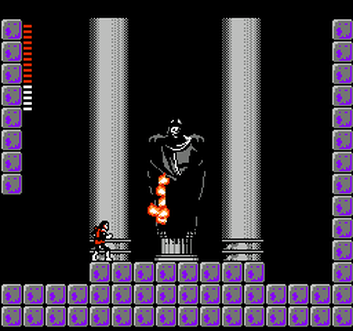
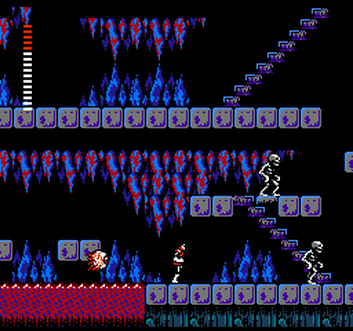
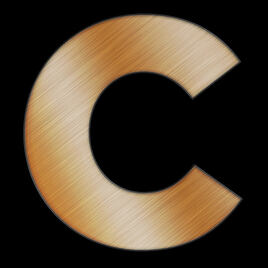
 RSS Feed
RSS Feed
